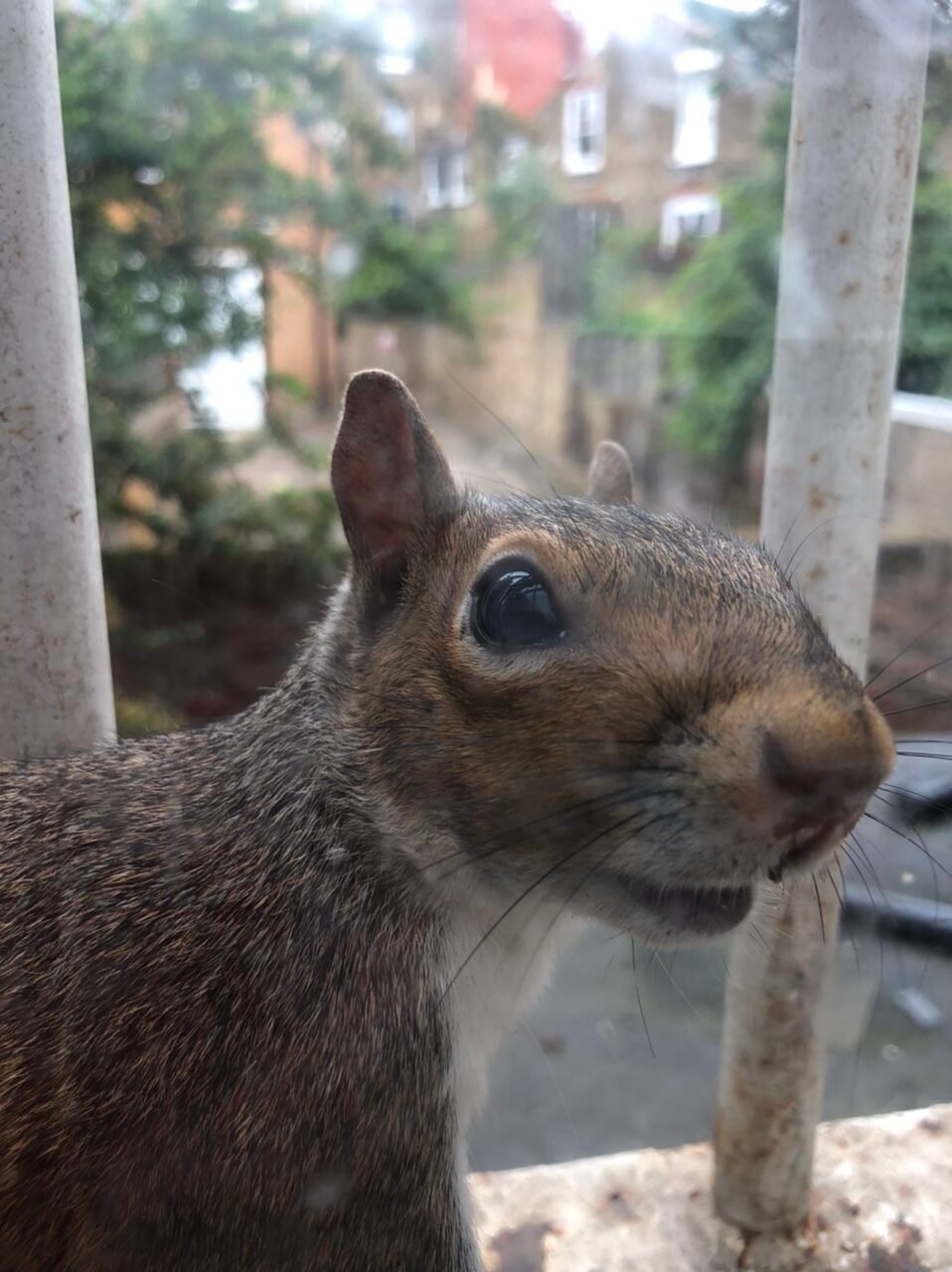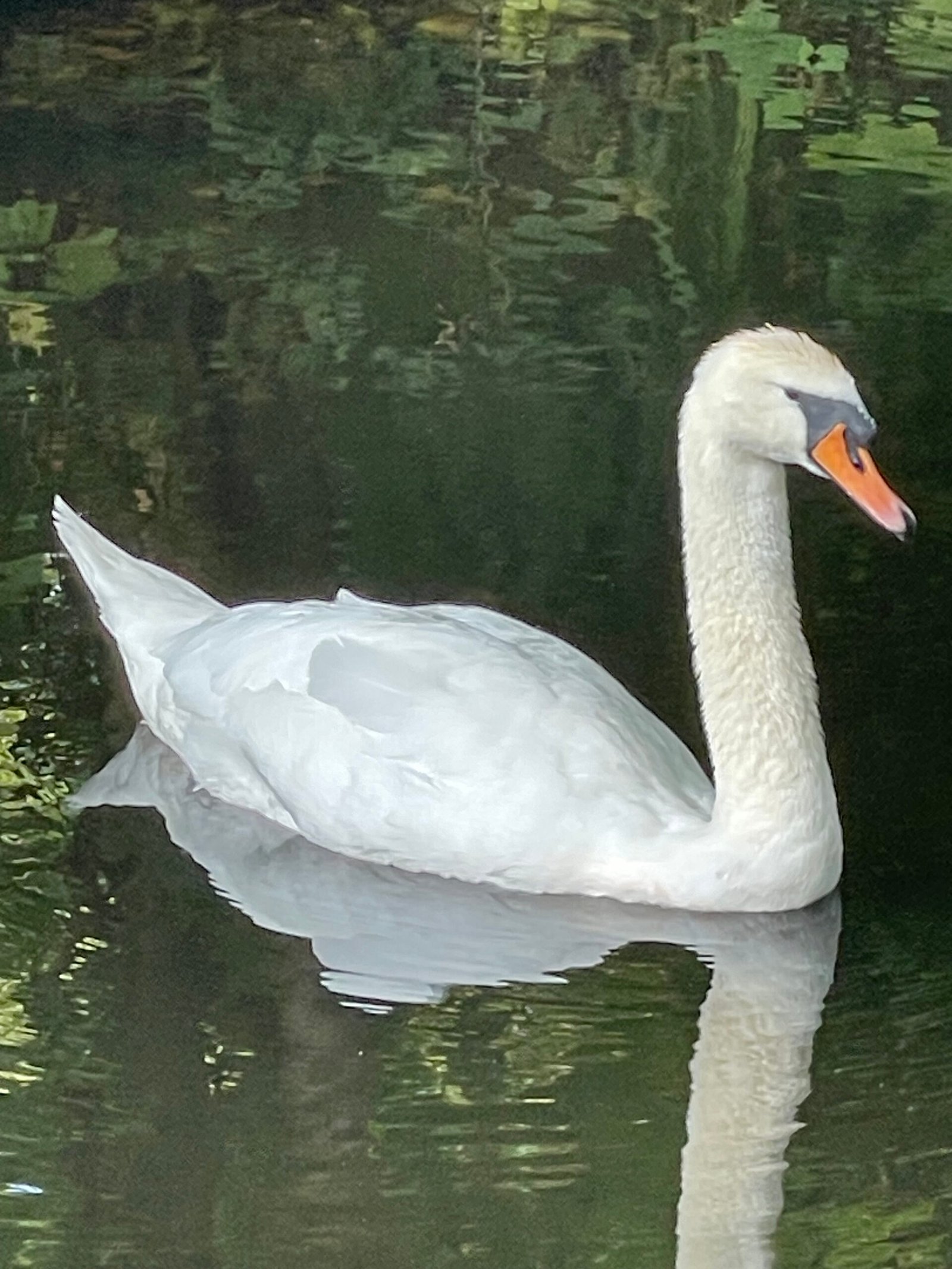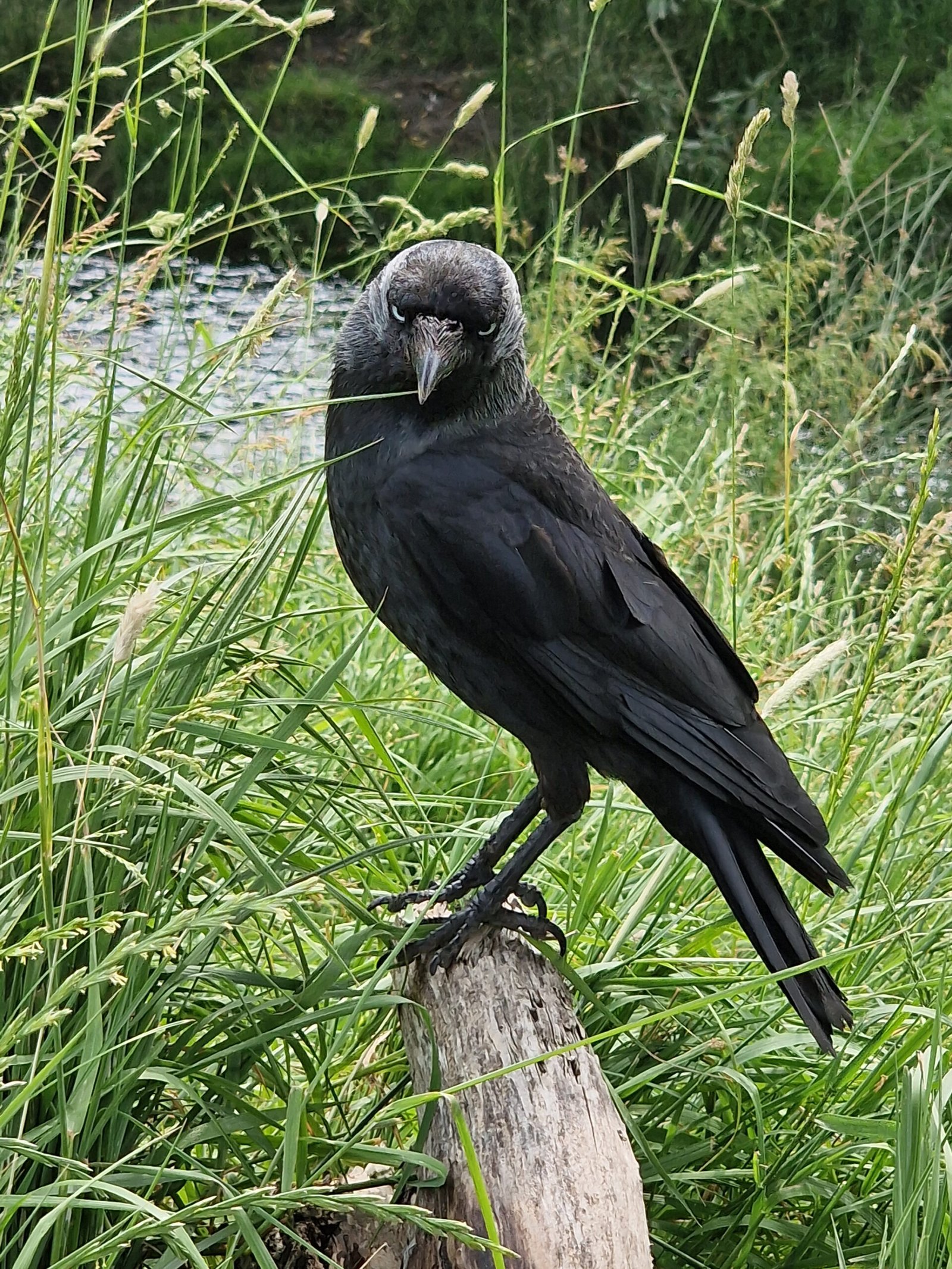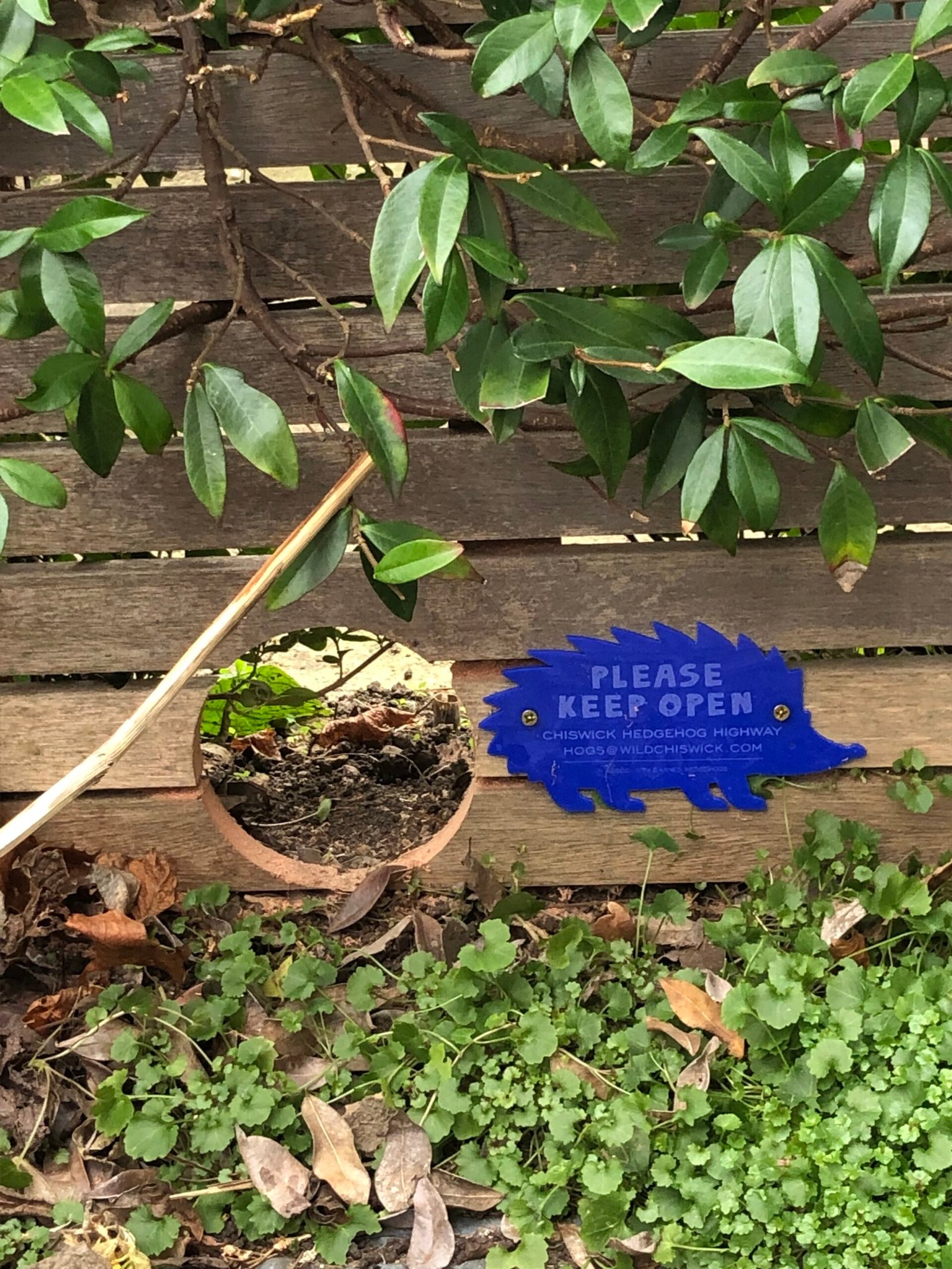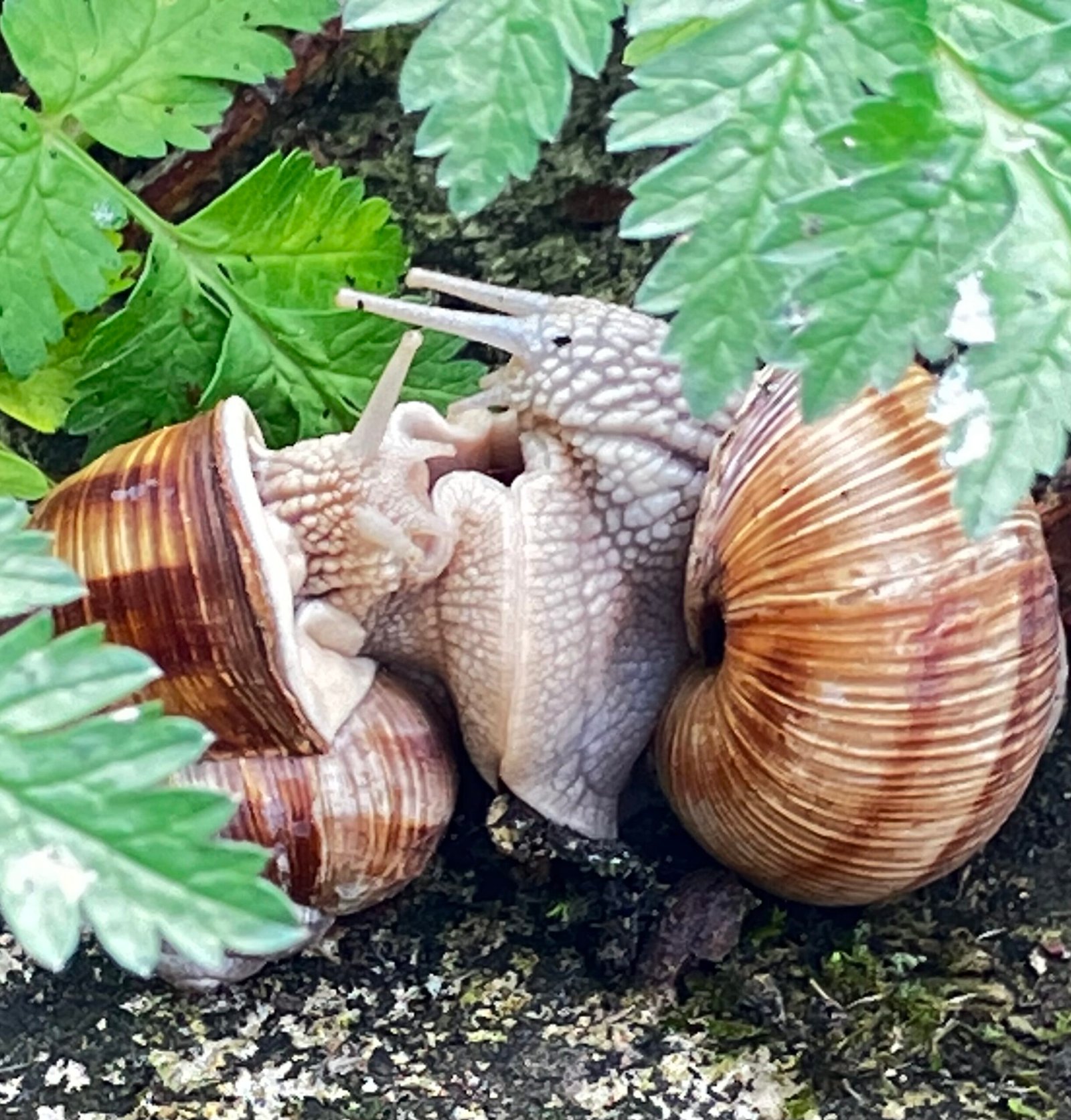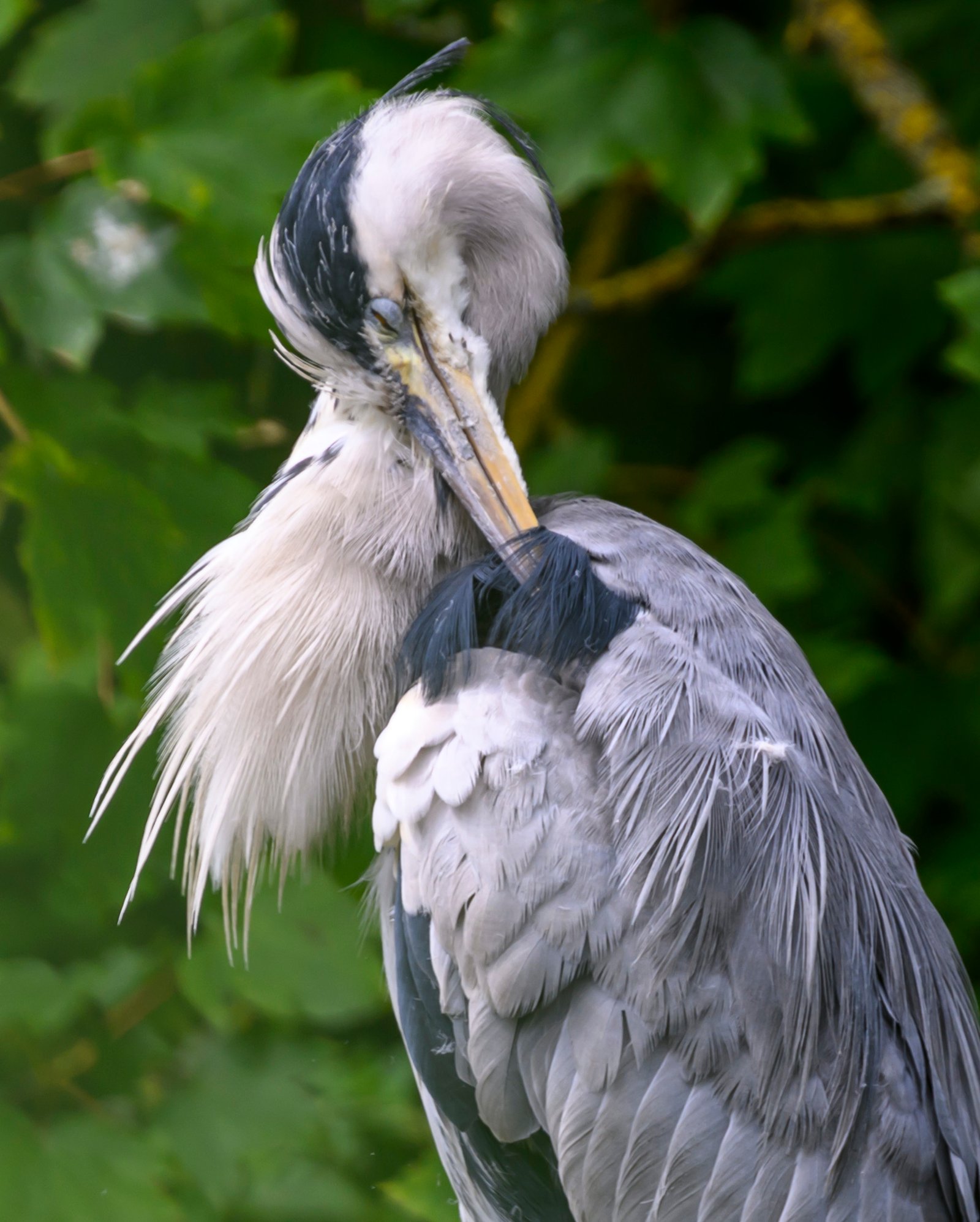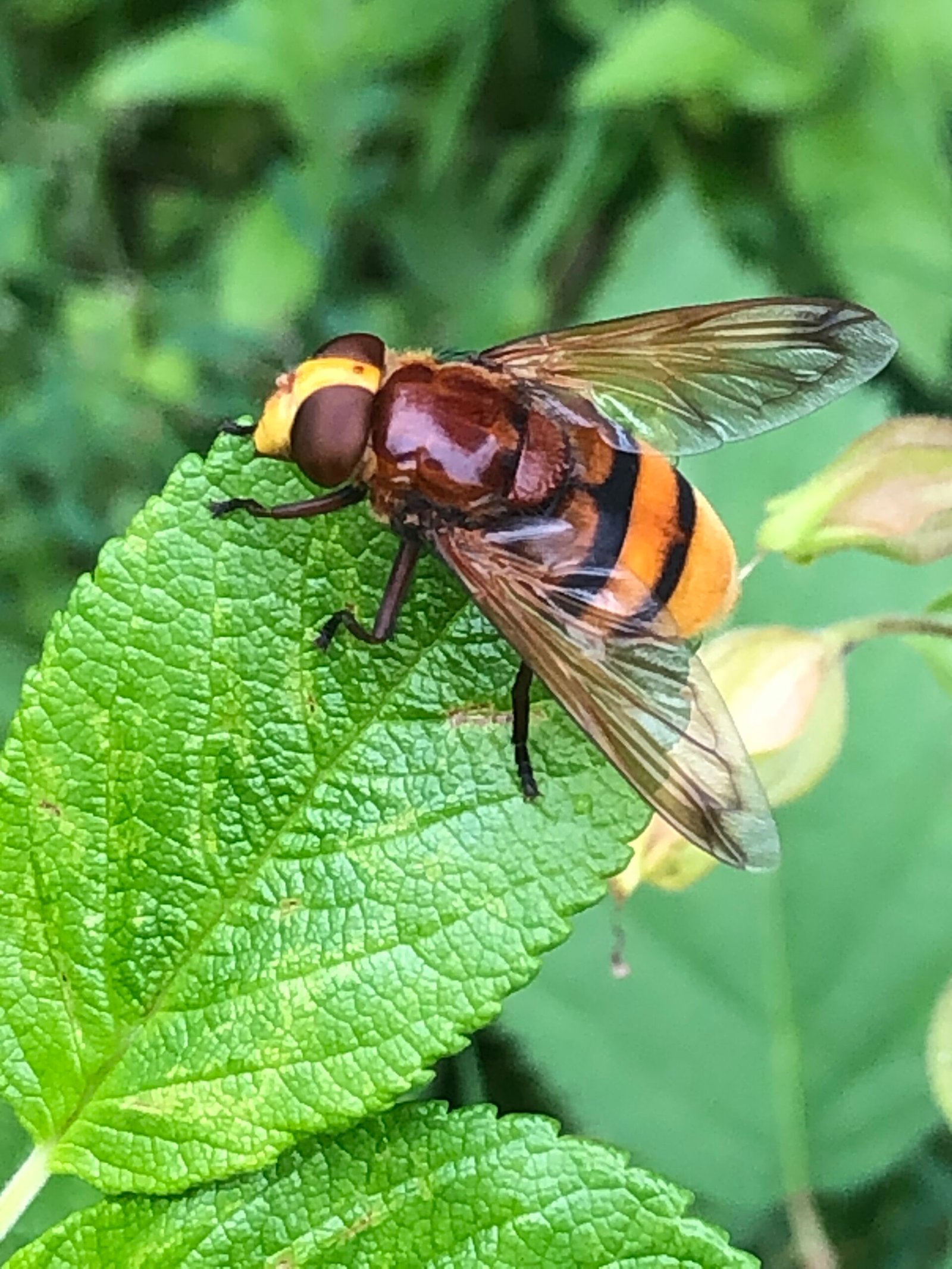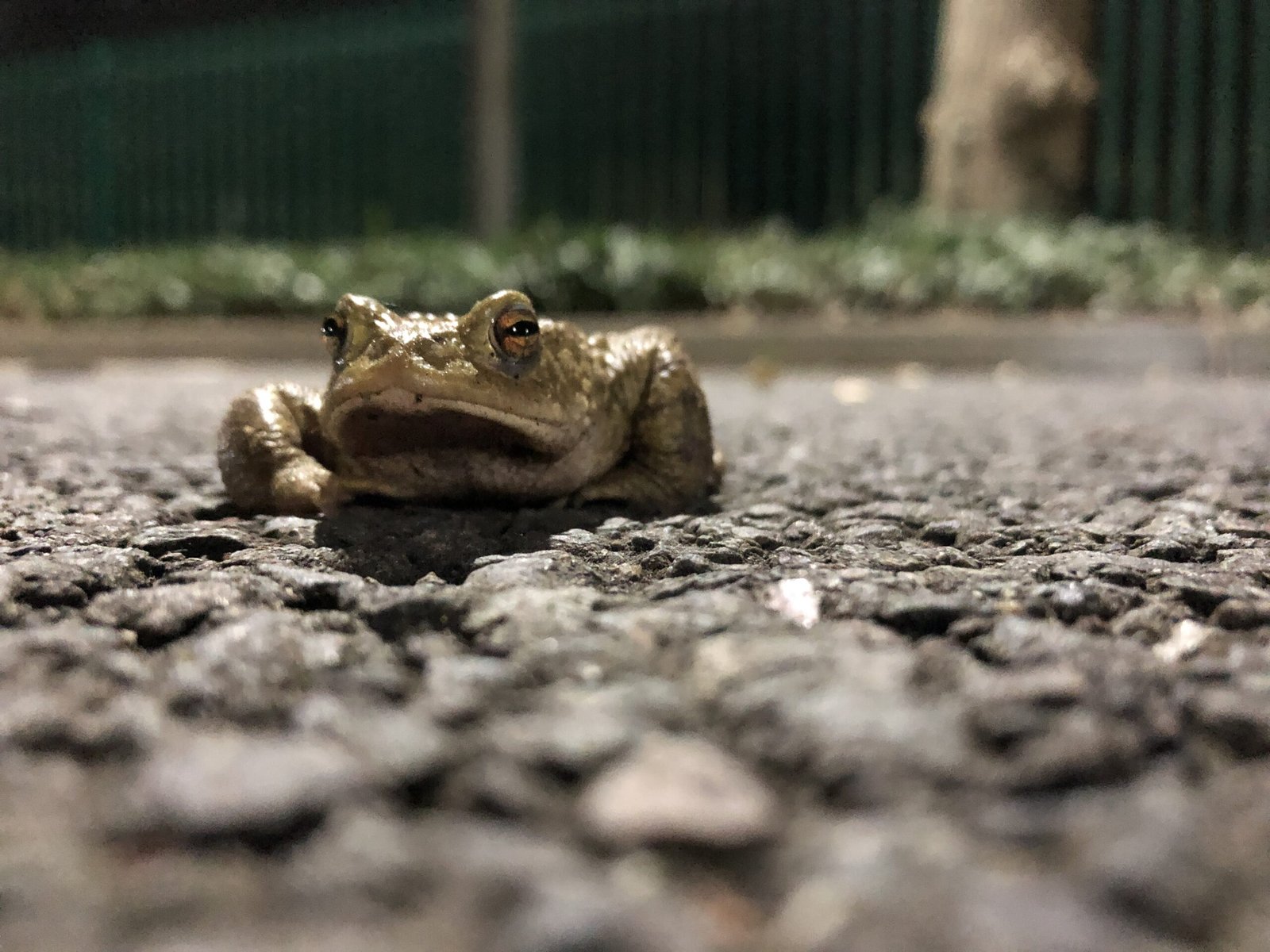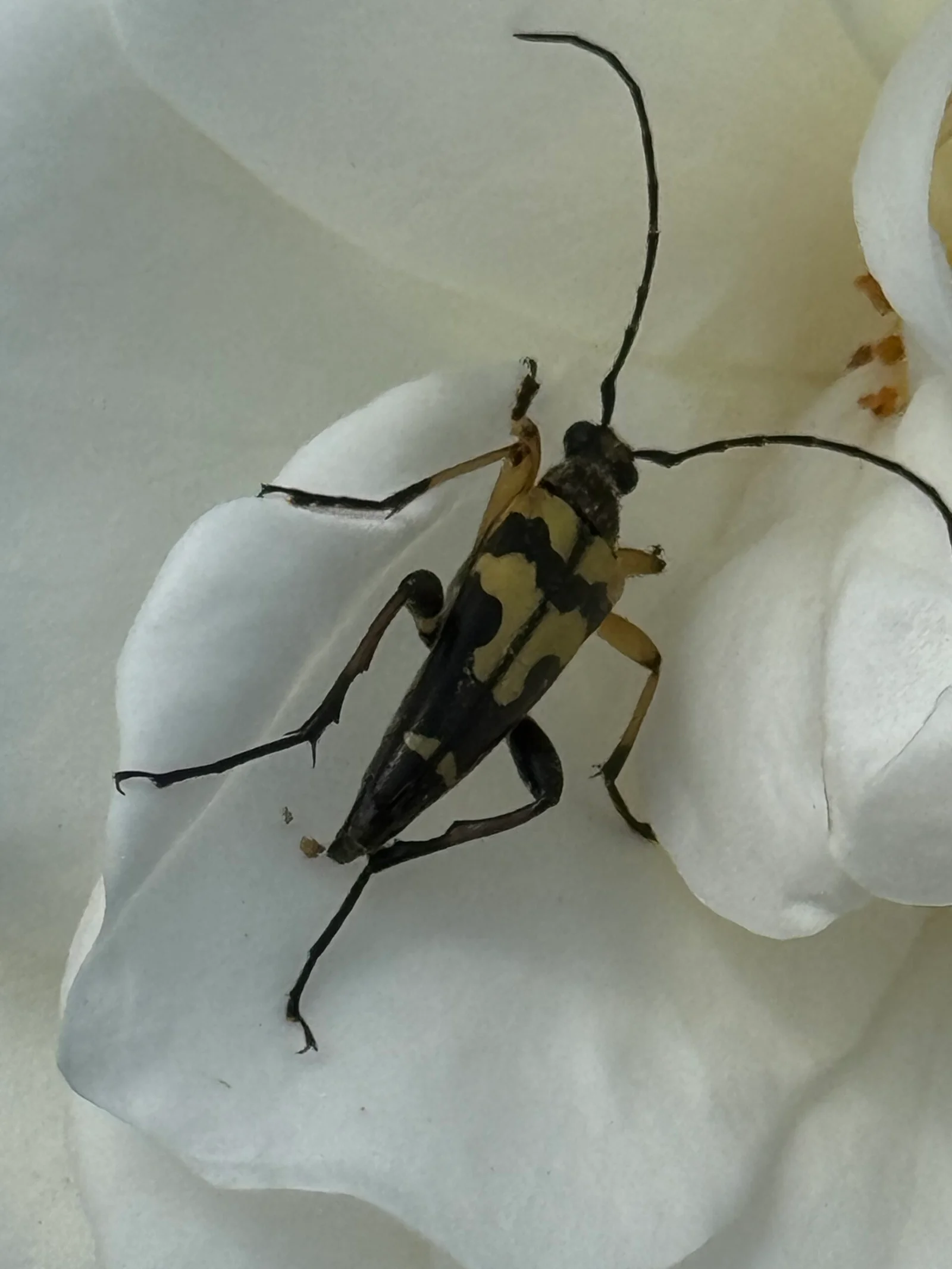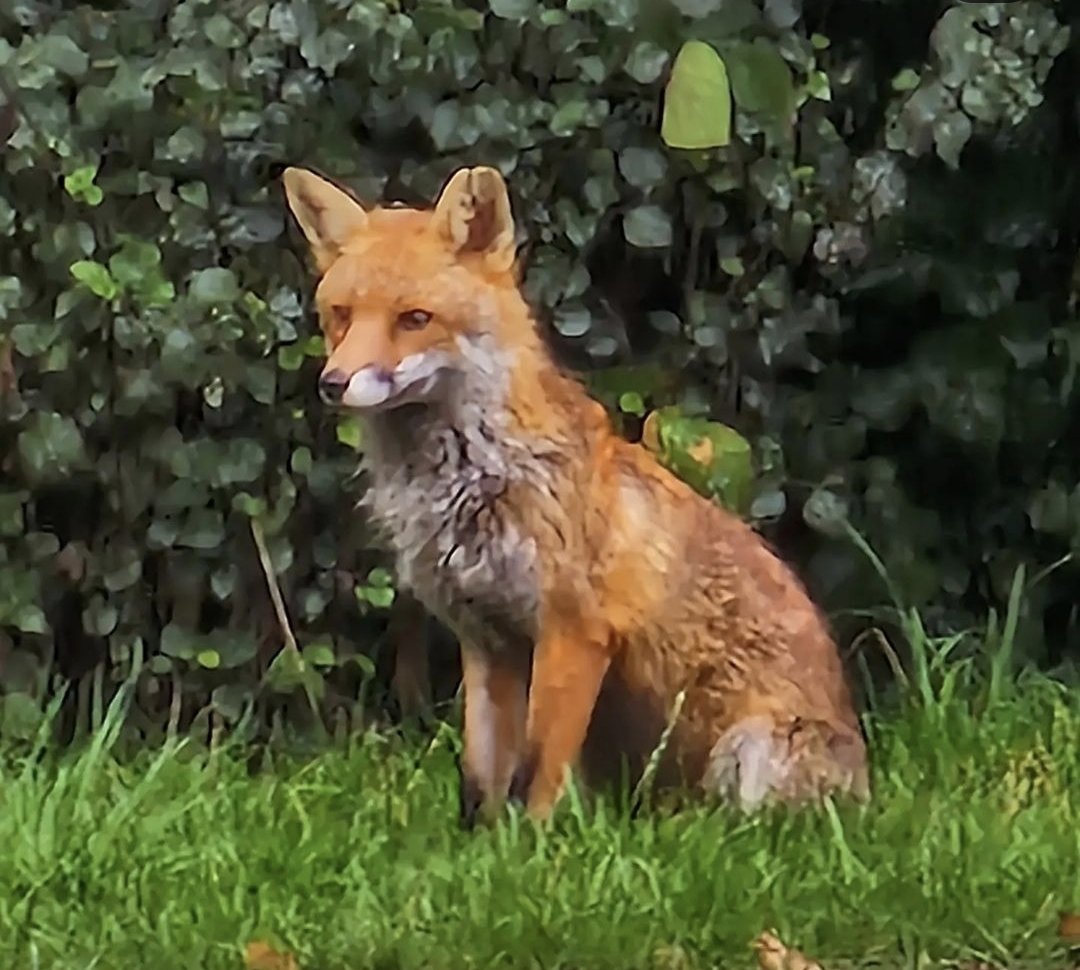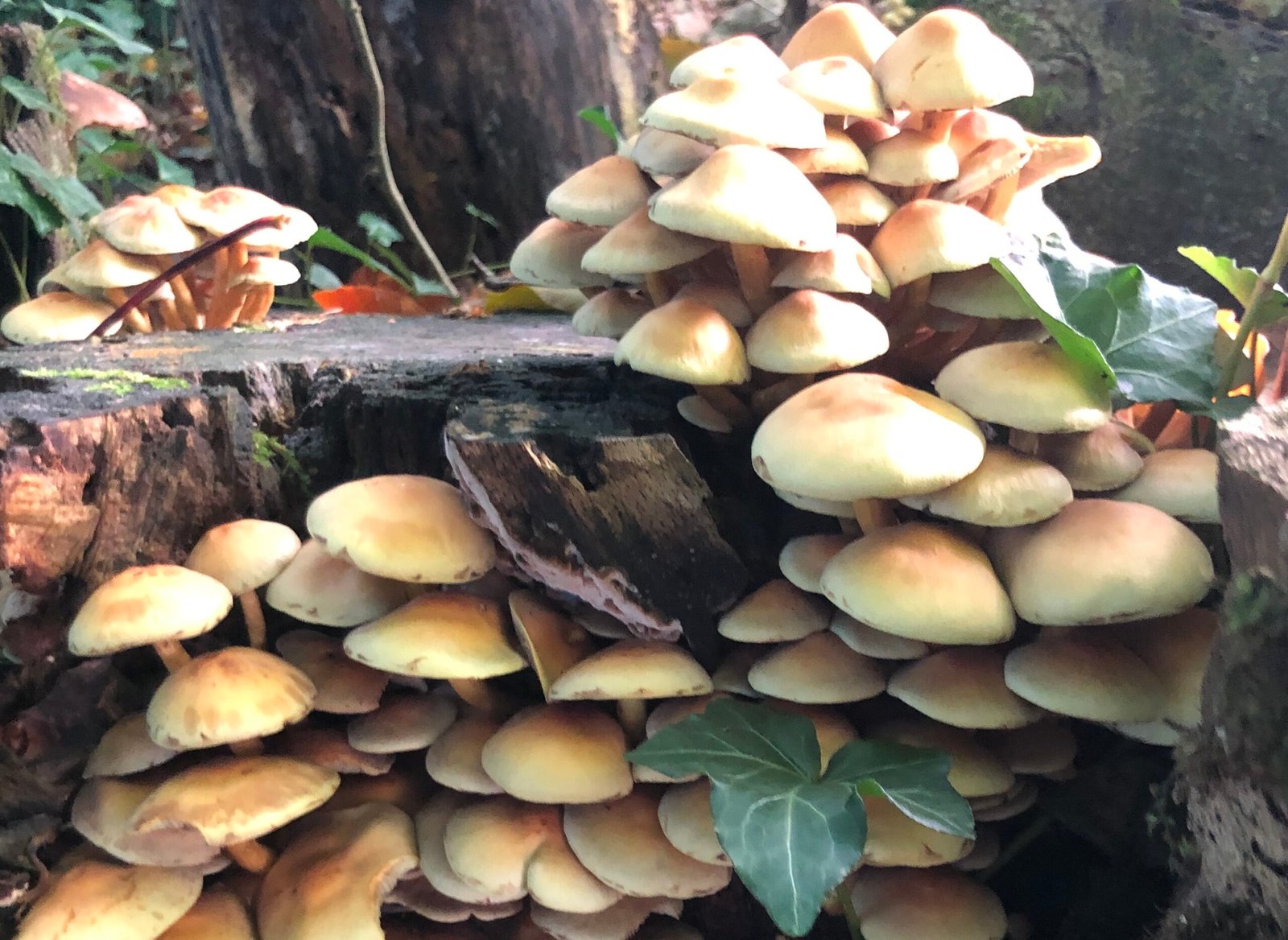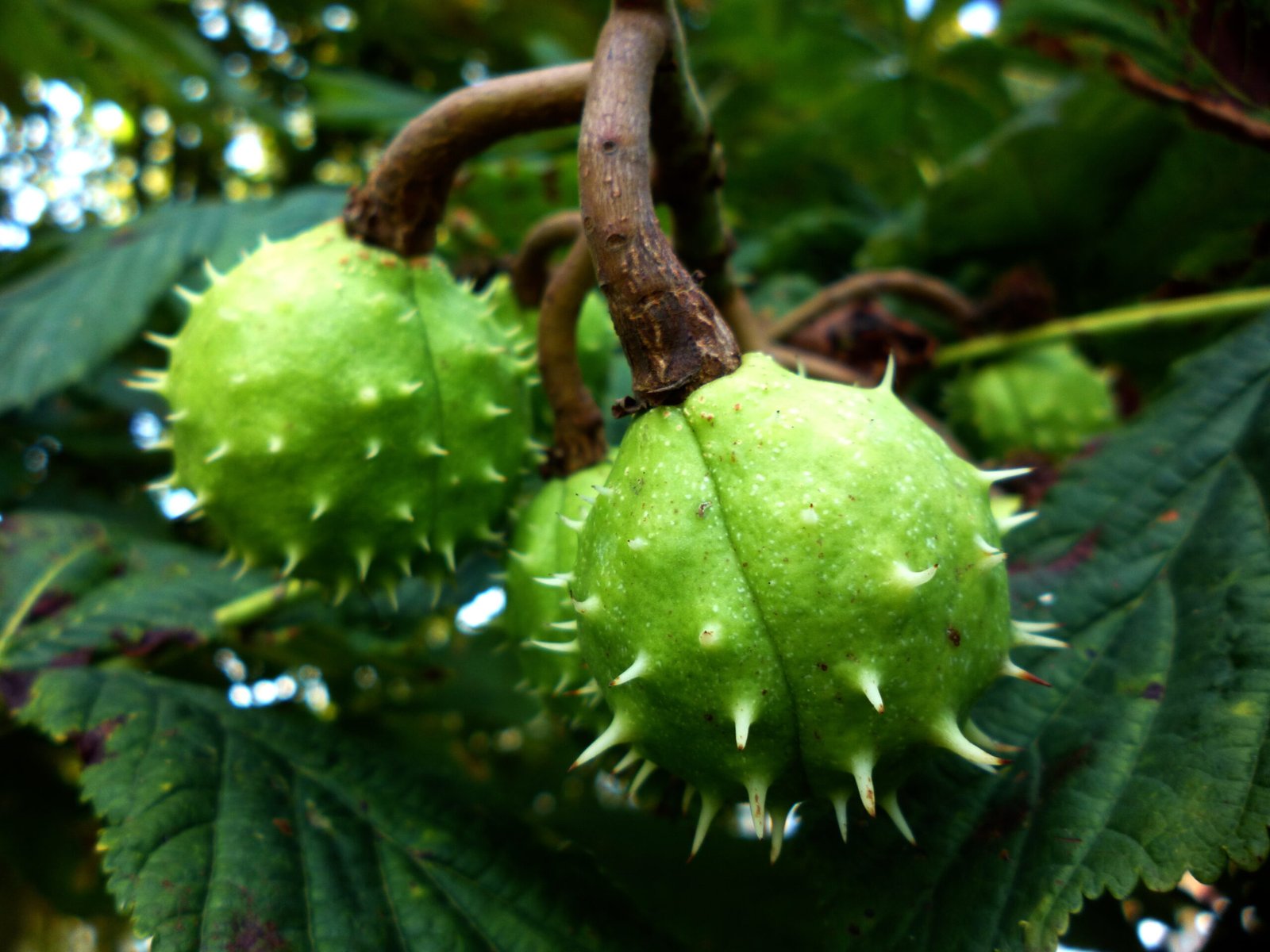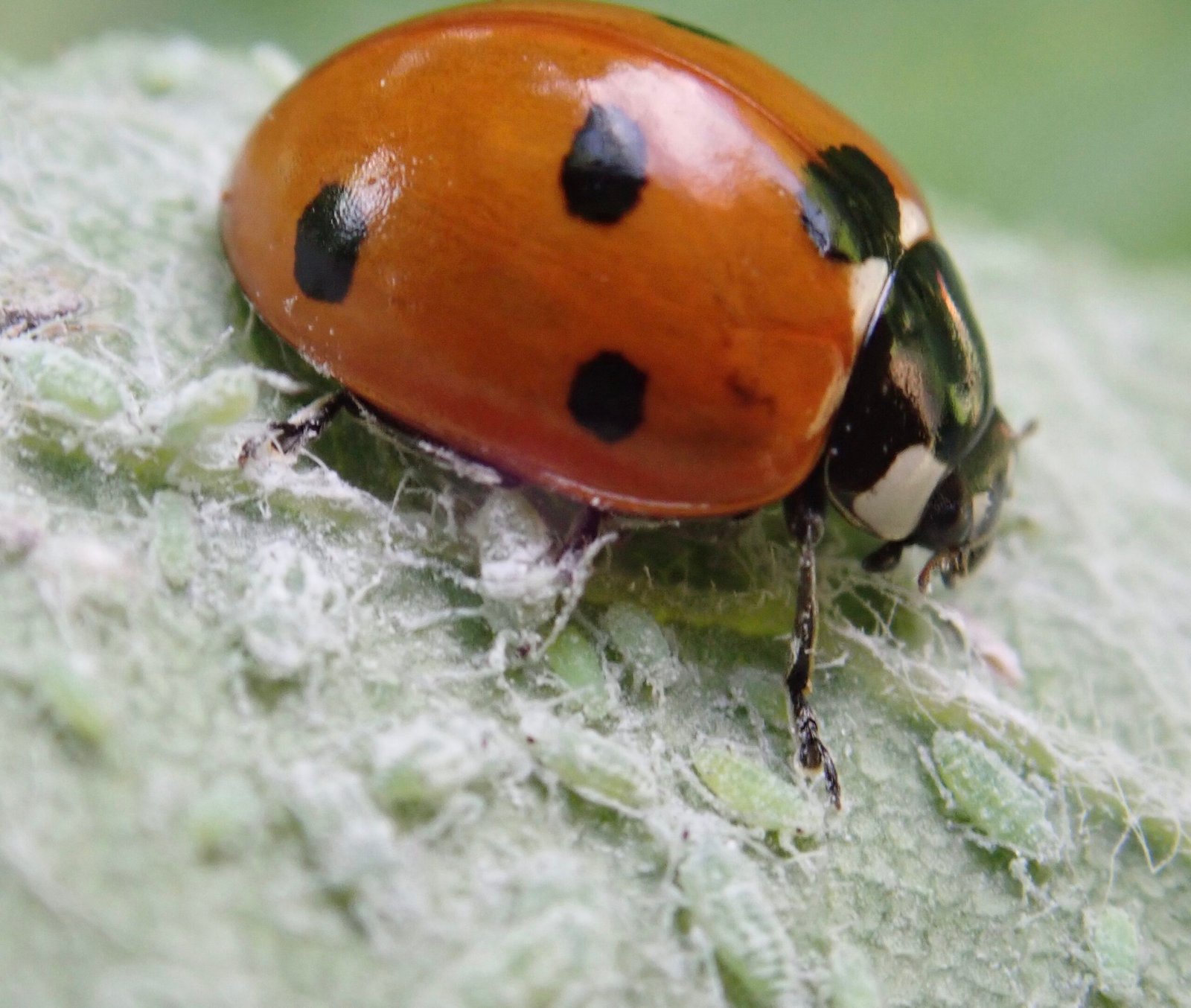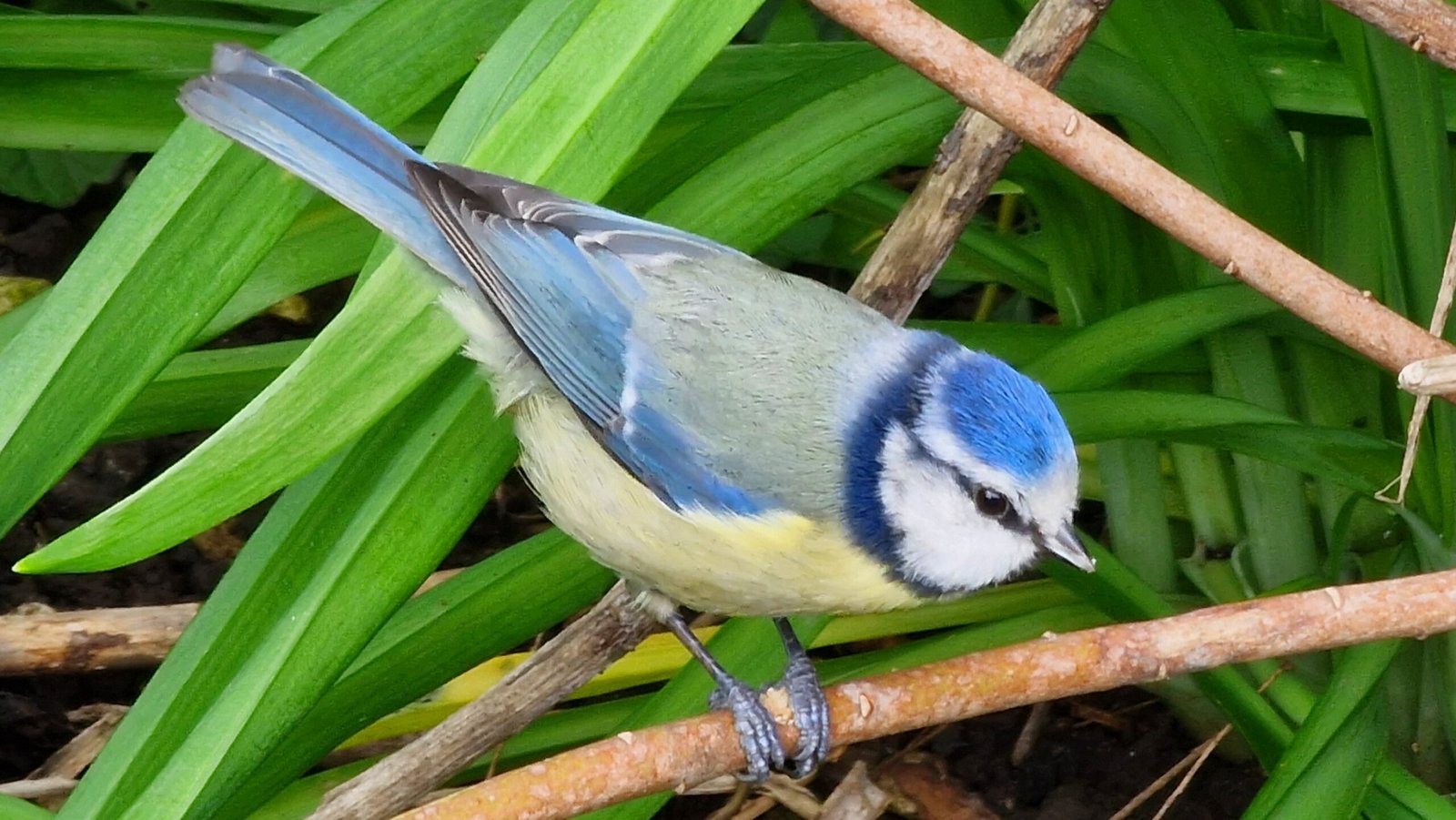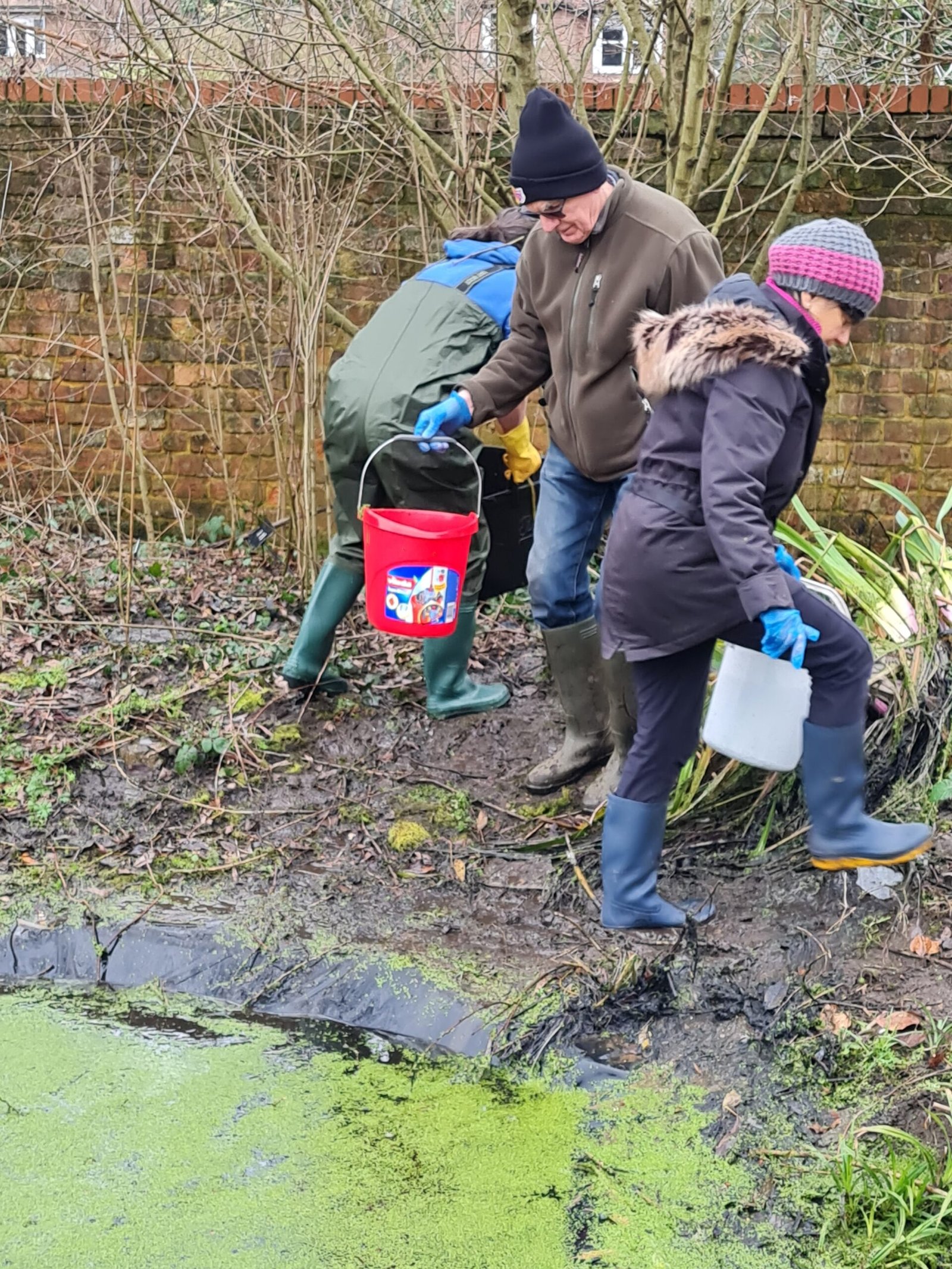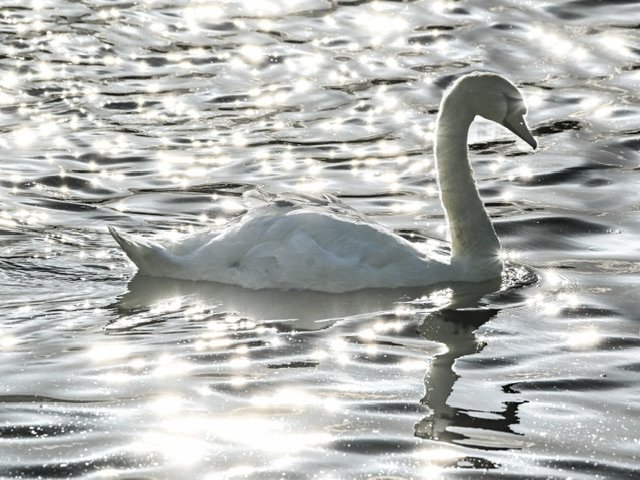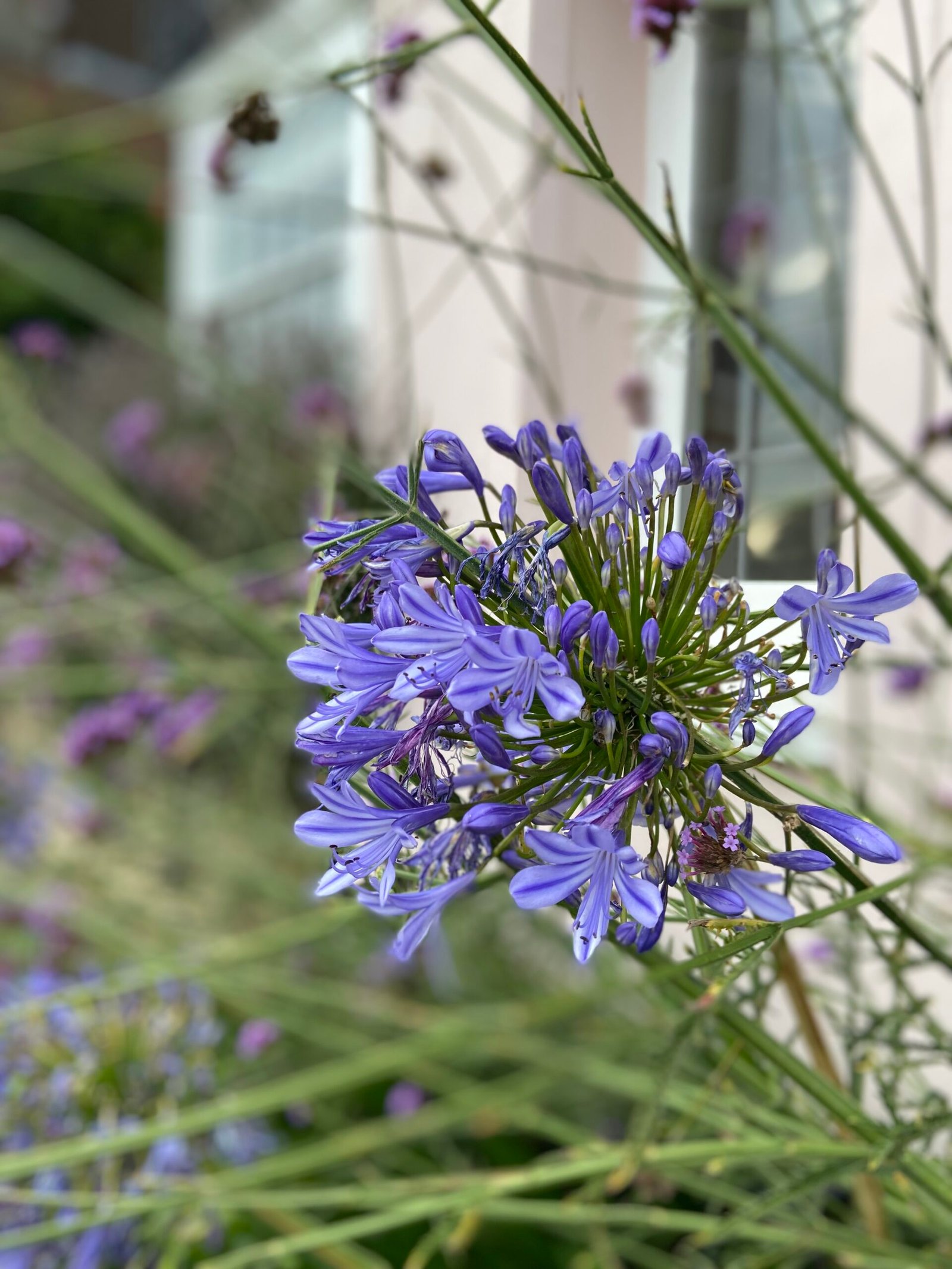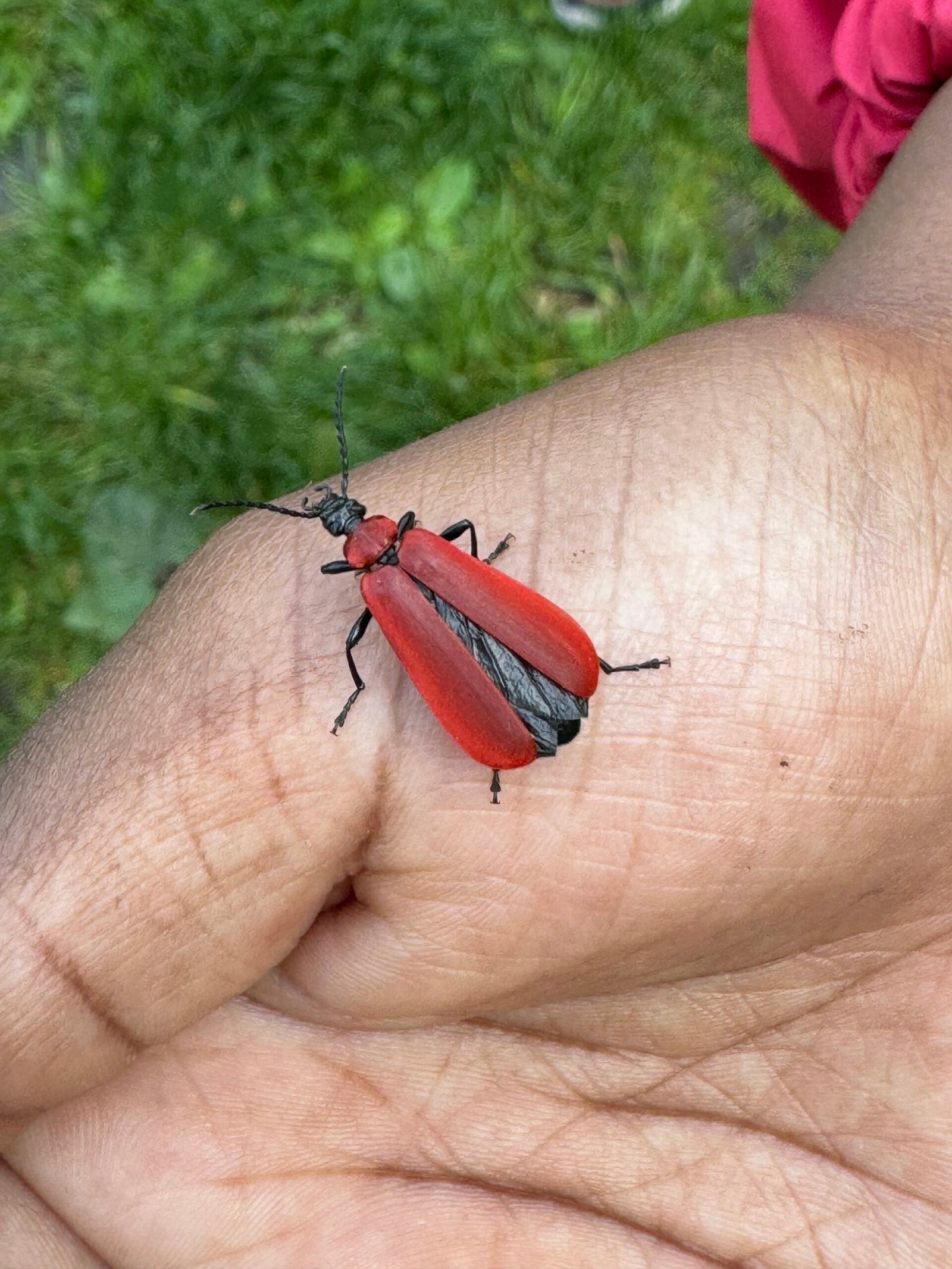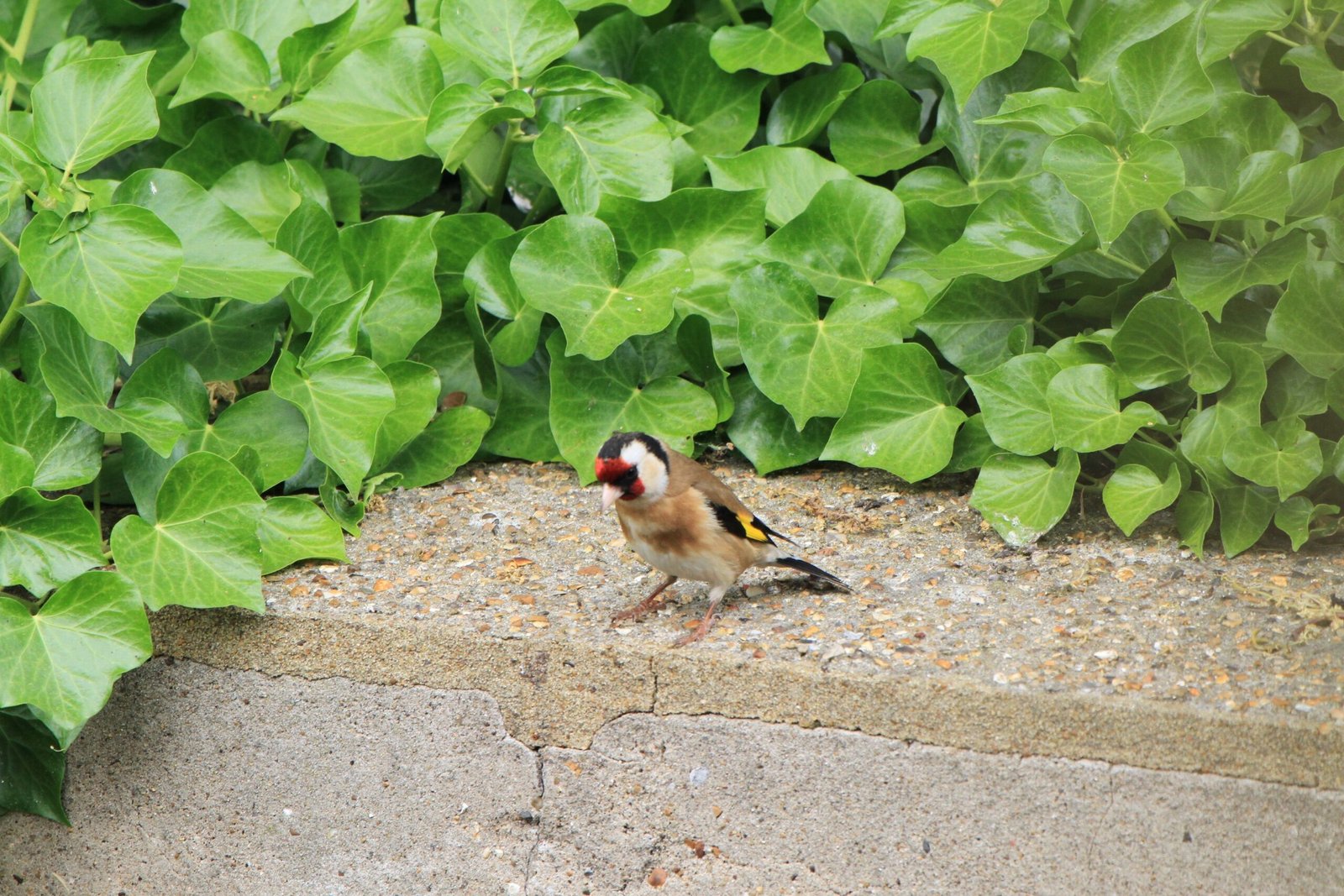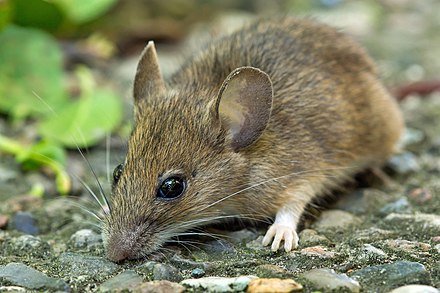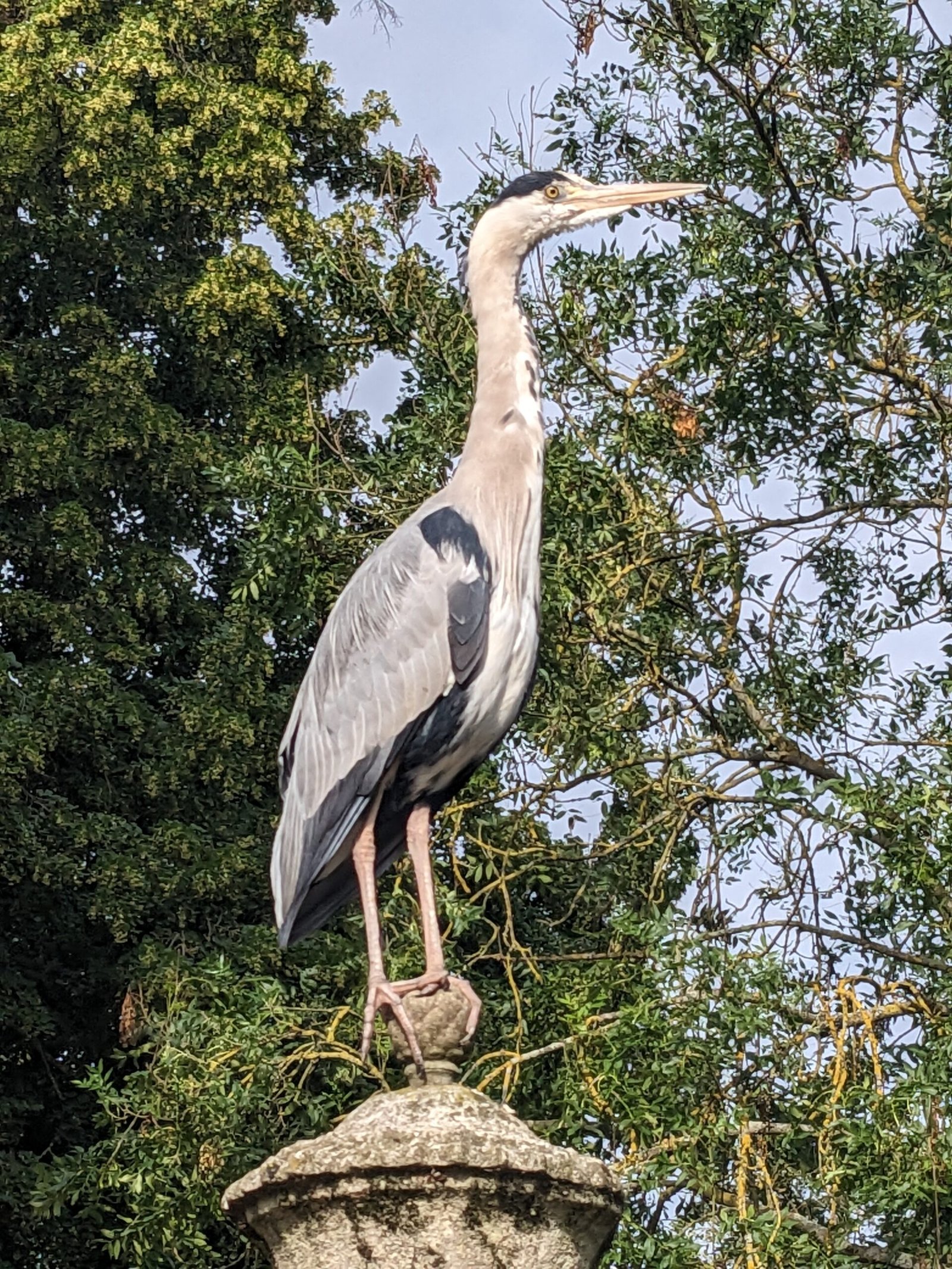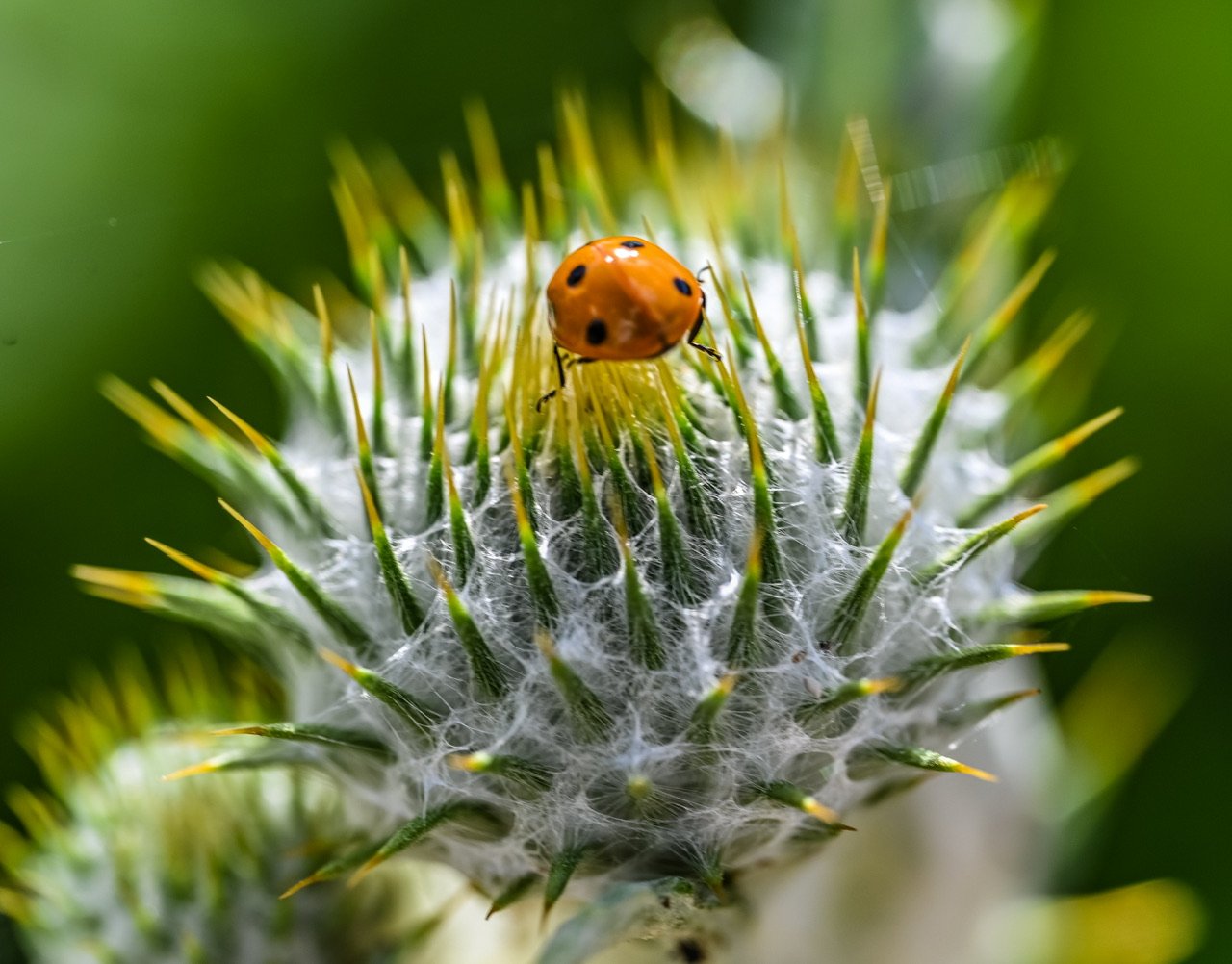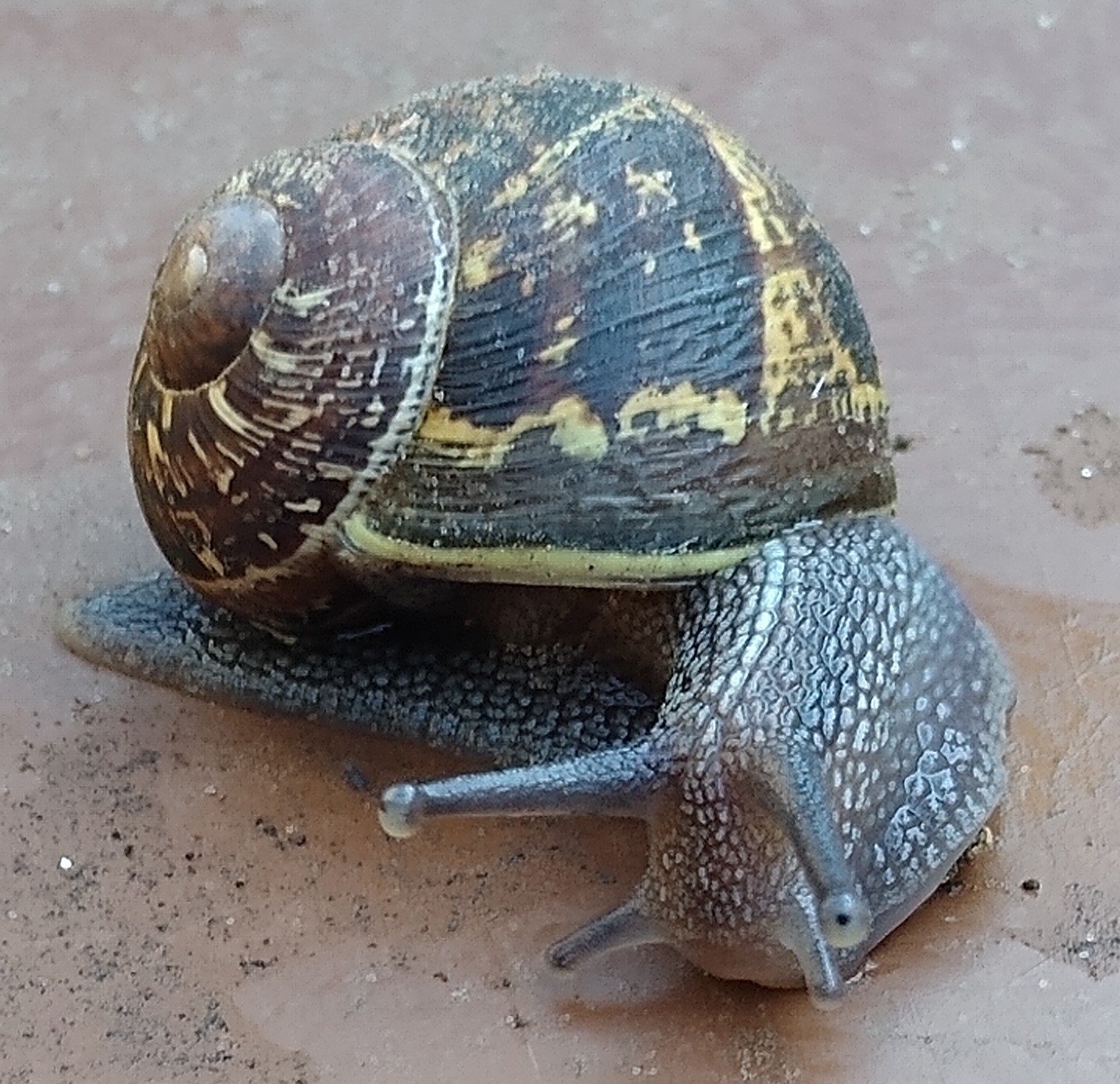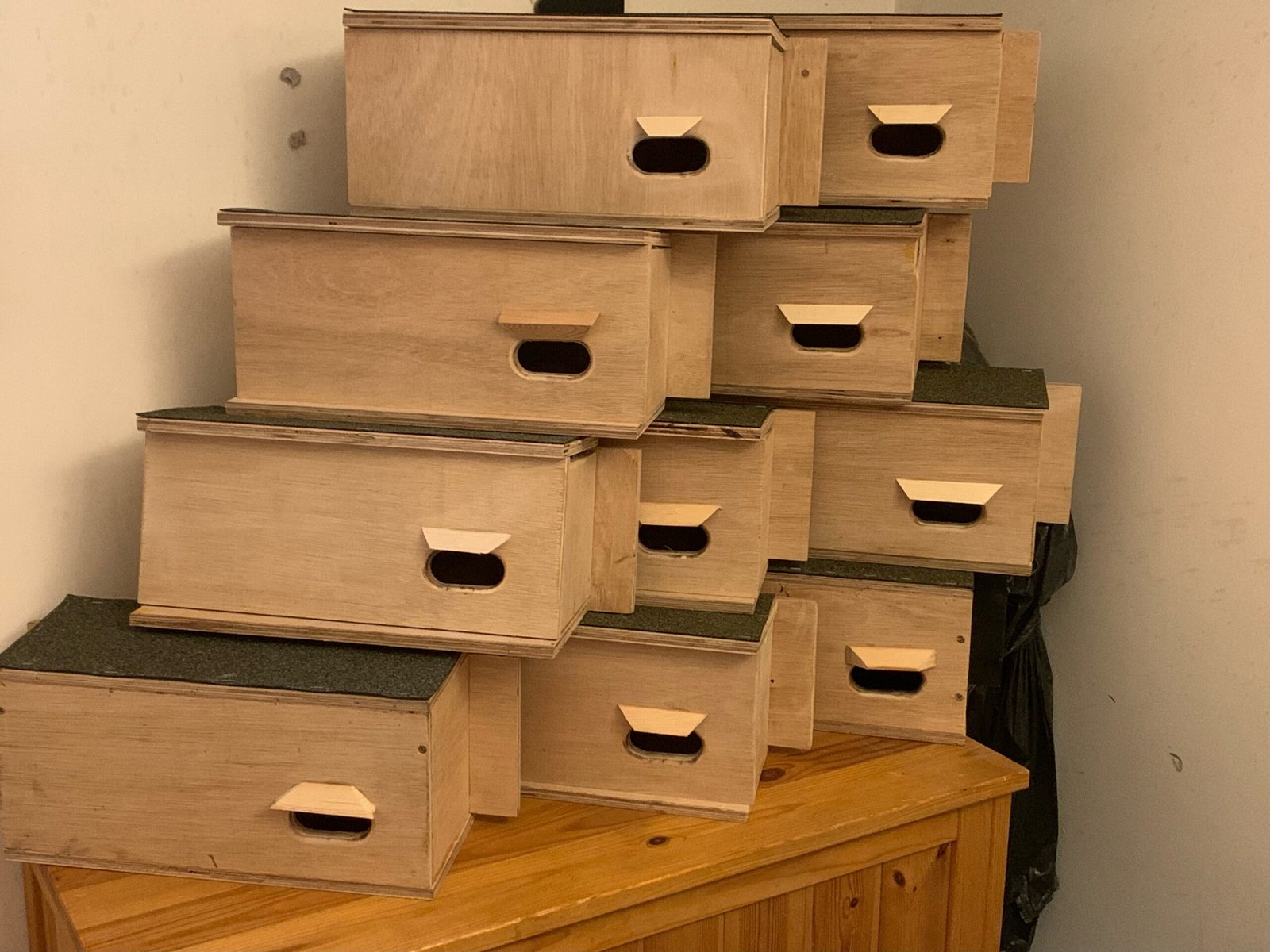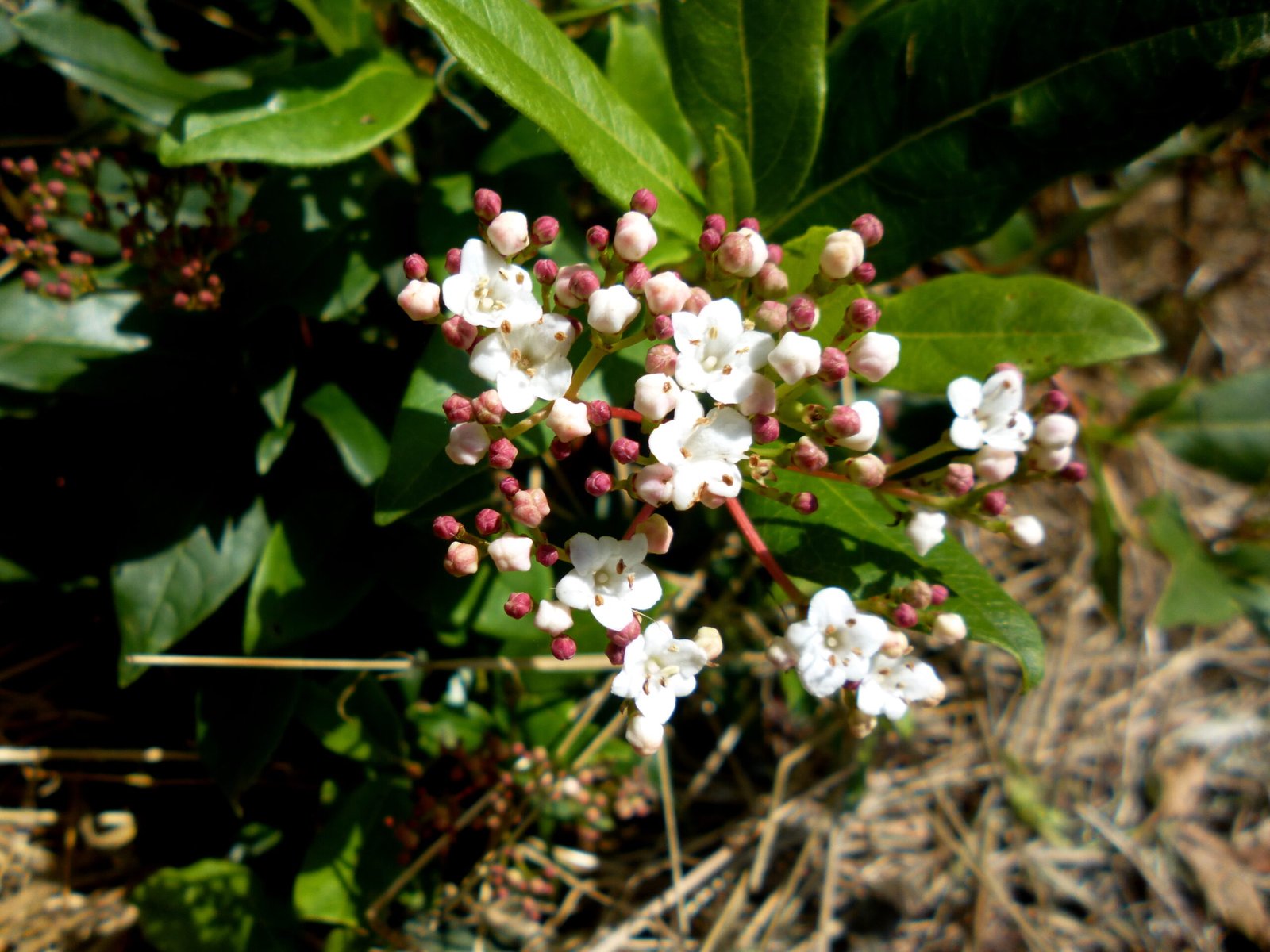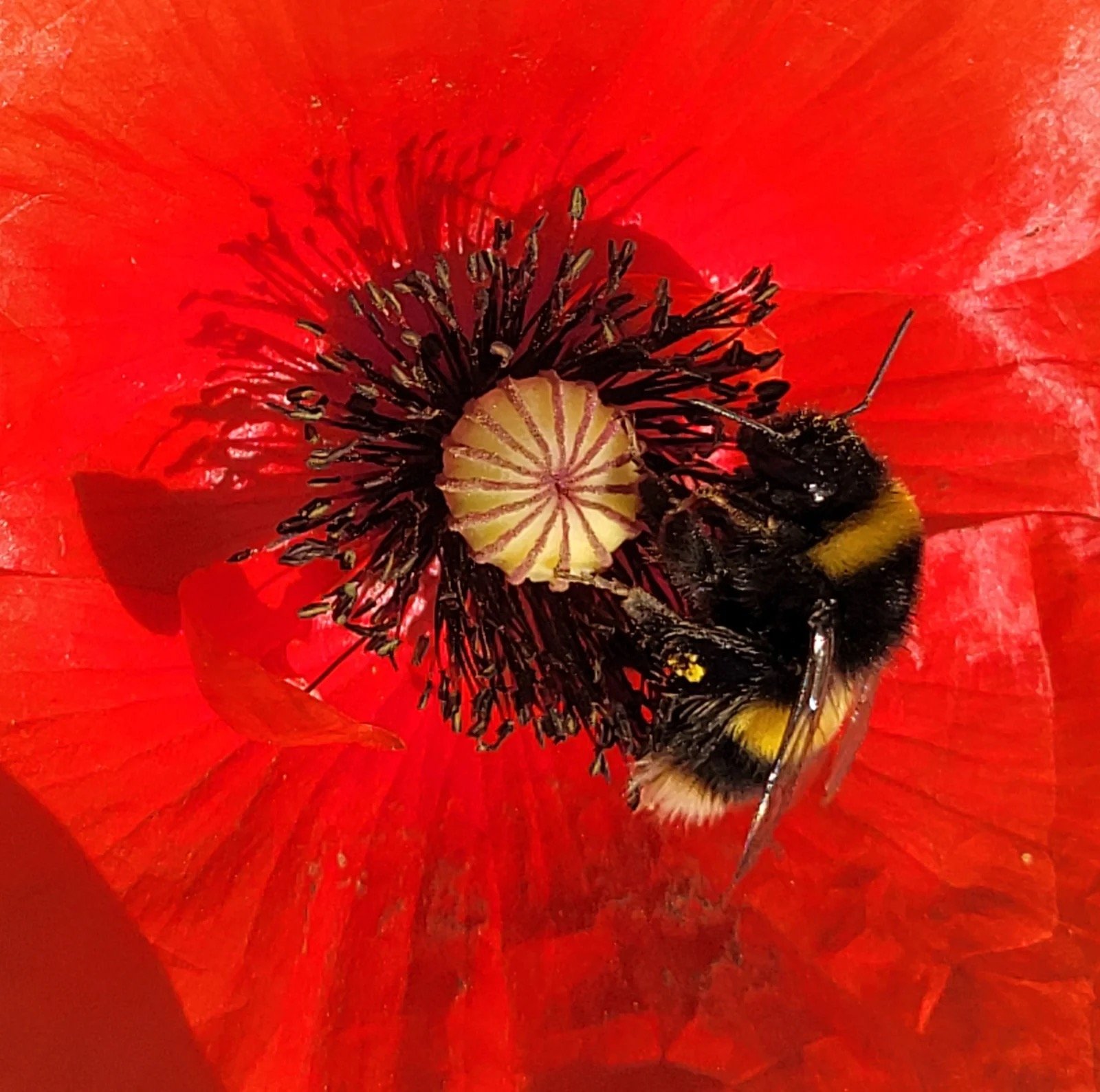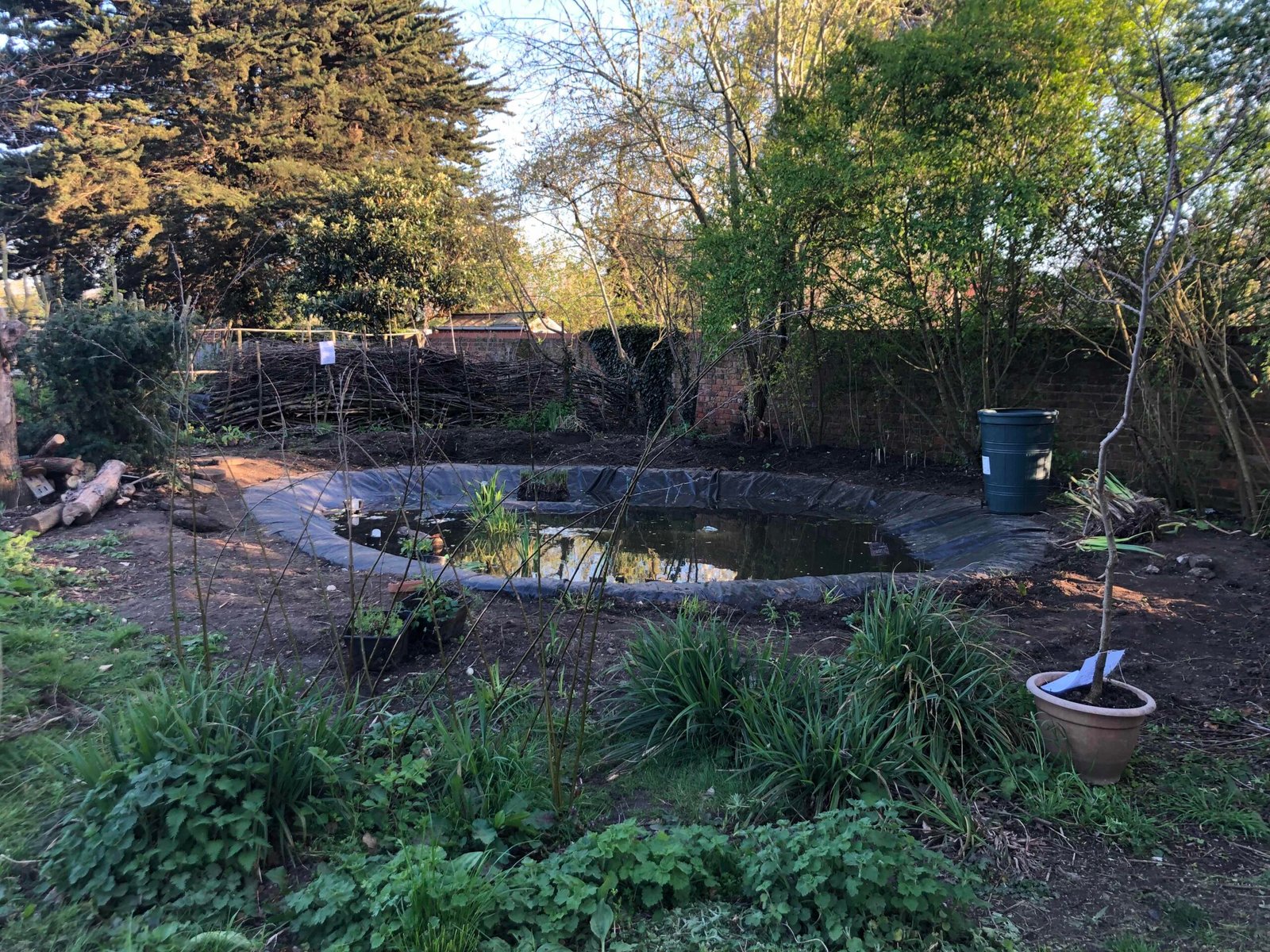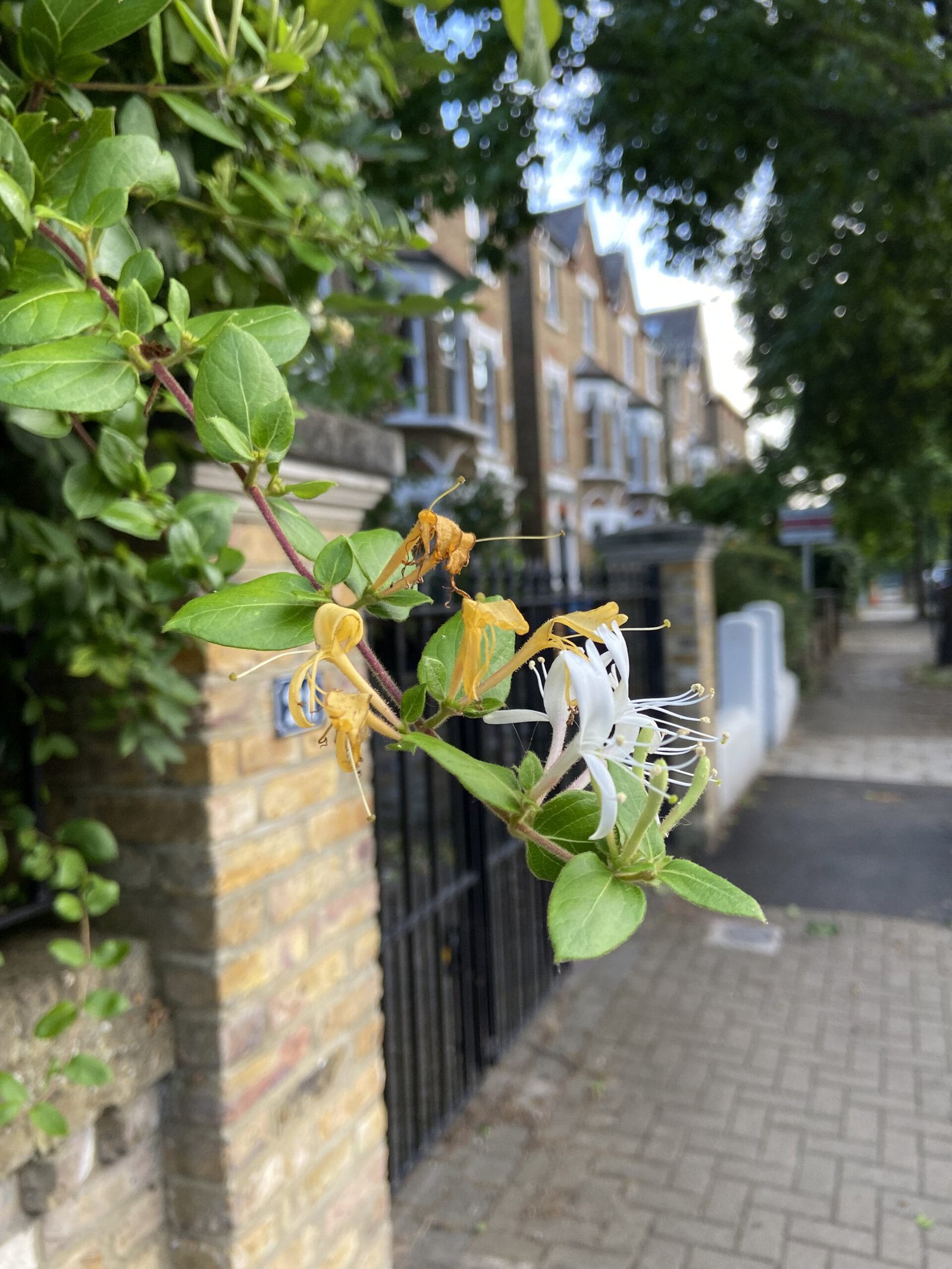Hedgehogs are native and widespread across Britain. However, surveys conducted by People’s Trust for Endangered Species (PTES), British Trust for Ornithology and RSPB have shown that the UK has lost over half its hedgehogs from the countryside and a third from its urban areas since the millennium alone. Recently they have been placed on the British Mammal red list as vulnerable to extinction.
Hedgehogs are a species that can live and thrive happily in urban areas if given the opportunity. They need to roam a mile or more per night safely across green spaces. Walls and fences cause fragmentation. This means they cannot easily travel across an area and find places to nest or mate. Their movement is blocked. Paving over and the use of plastic grass in gardens means they no longer have the correct habitat to find natural food.
Hedgehogs in Chiswick
Our research with Zoological Society of London (ZSL) so far has shown that hedgehogs are present within Chiswick House & Gardens and surrounding streets, across Grove Park and Strand on the Green. We have received sightings from the public and photographic evidence from ZSL cameras. However, so far anecdotal evidence points toward no hedgehog activity having been noted around the Dukes Meadow and surrounding areas for over 8 years. This research is still ongoing, and we hope to find other areas across Chiswick with hedgehog activity. However, if none are found then the Grove Park and Strand on the Green area of Chiswick may be an important yet vulnerable hedgehog stronghold. Building from this evidence we are concentrating on opening green spaces across the Grove Park and Strand on the Green area of Chiswick to allow hedgehogs to roam further easier and safer.
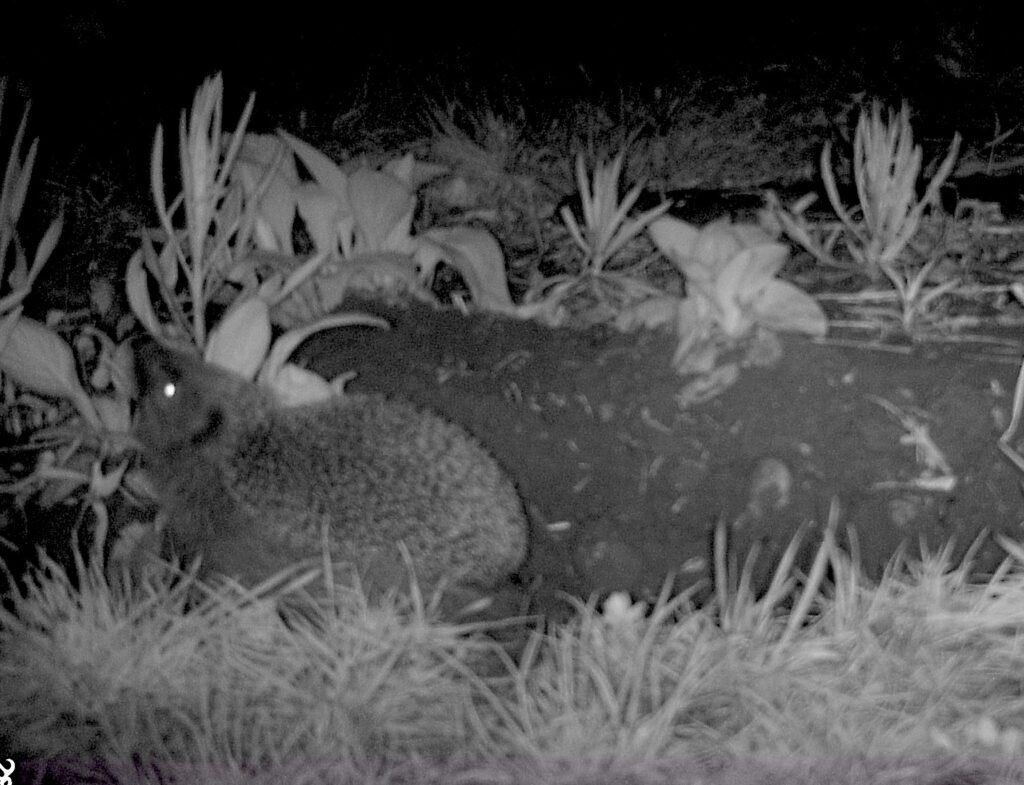
Hedgehog Highways
Hedgehog Highways is an initiative created by PTES Hedgehog Street approximately 10 years ago. It encourages householders to cut a small hole (13cms) in their fences and walls which will allow hedgehogs to enter and travel safely across gardens. The hole is not large enough to let out an average sized pet but large enough for a hedgehog to go through. Recent research by Gloucestershire Wildlife Trust found that by opening access to gardens in this way hedgehog sightings increased by 39% and their habitat range increased by 21%.
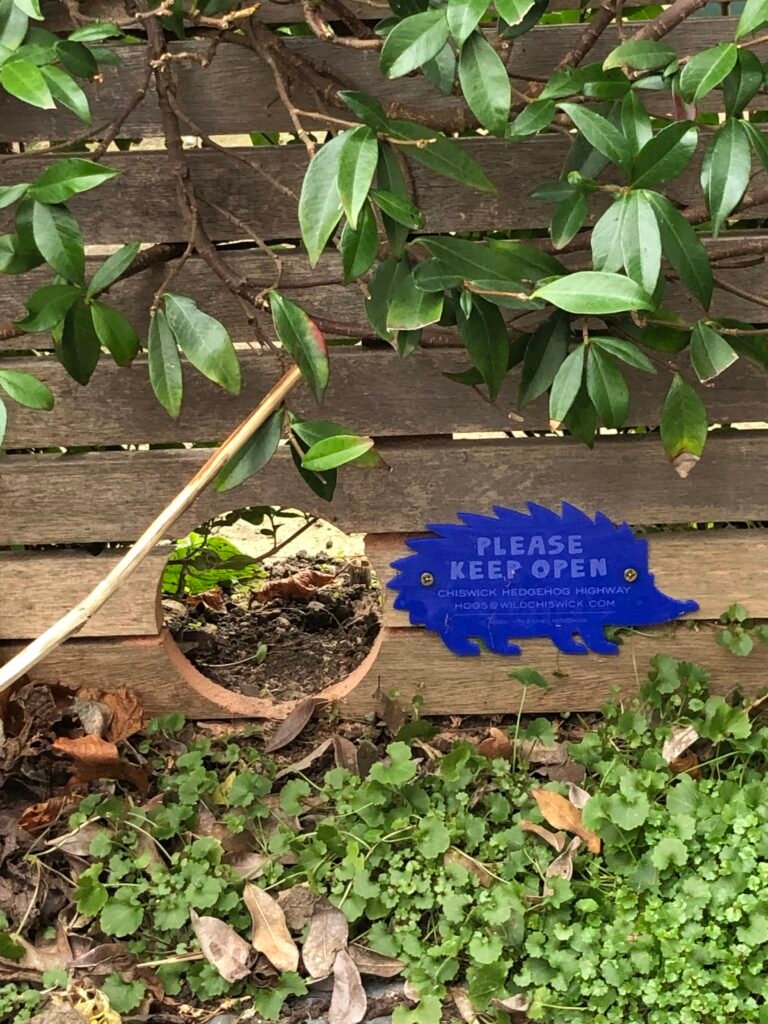

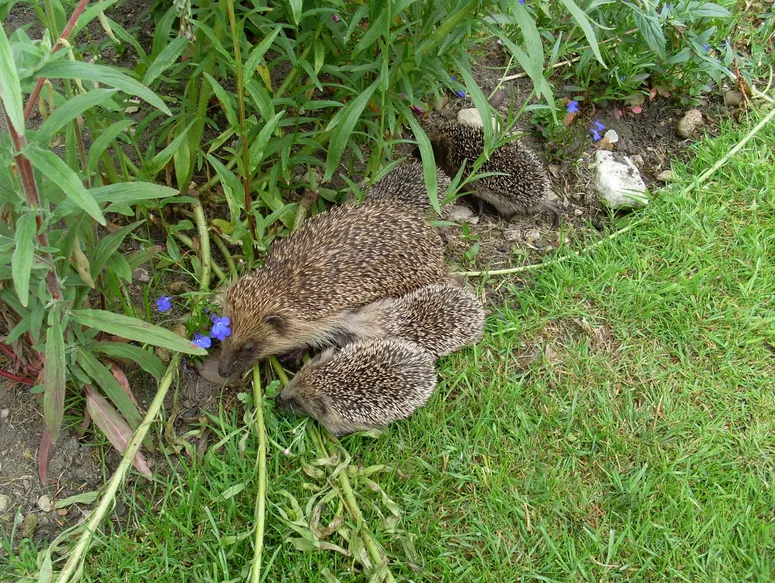
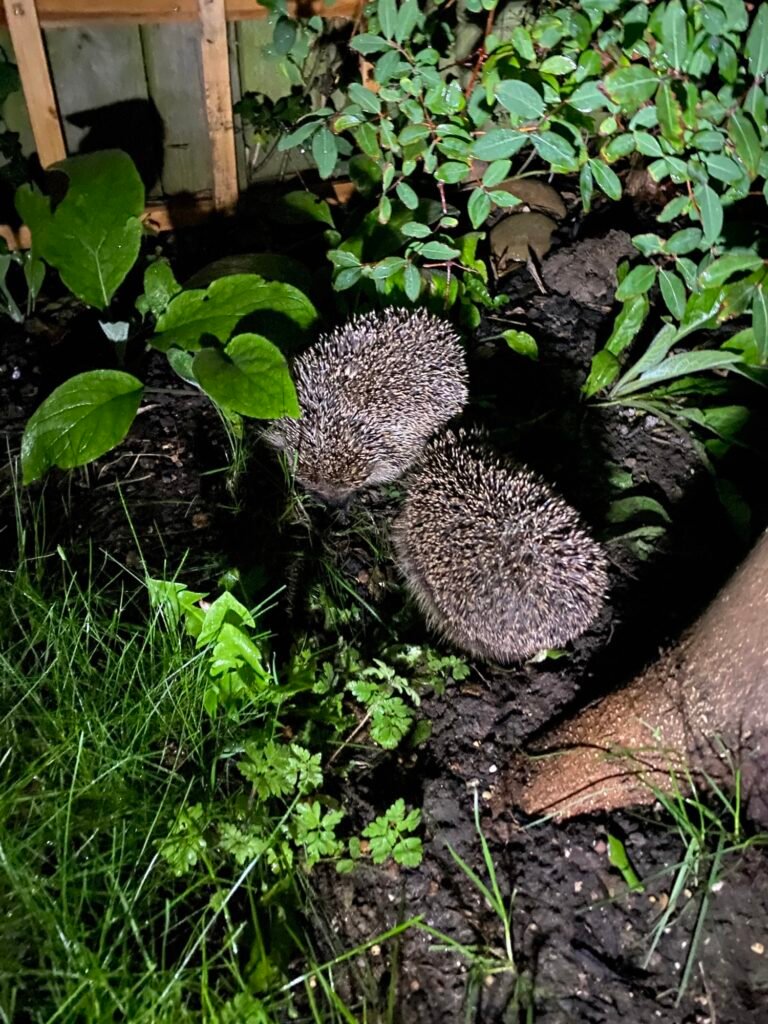
How To Help Our Hedgehogs
You can help by:
- Booking a hedgehog hole to help hedgehogs across Chiswick to survive.
- Becoming a hedgehog hero and encouraging all your street to put in hedgehog holes. We will provide the information and will come and drill the holes.
- Buy a copy of Snout’s First Trip Out.
- Making a donation towards our costs.
- If you do nothing else, please watch this wonderful video below from the British Hedgehog Preservation Society.
Learn More
Recent research has shown that hedgehogs survival depends more and more on naturally kept gardens and green spaces in urban areas. Work with us to keep our Chiswick populations alive.
Recent research has shown that hedgehogs survival depends more and more on naturally kept gardens and green spaces in urban areas. Work with us to keep our Chiswick populations alive.
Here are some documents and fact sheets about hedgehogs that may help you to help them.
Please contact us if you cannot find an answer.
What should I grow in my garden to help hedgehogs?
Hedgehogs like to be able to snuffle for worms and insects under bushes, and low growing plants. Geraniums are good as they grow across the ground during the year. Grass is also important so they can dig about in soil for their natural foods. Plants that flower throughout the seasons are also good for hedgehogs and other wildlife:
Forget me nots and lots of bulbs for spring.
Geraniums, scabious and wallflowers for summer.
Late flowering sedums, hebes and anemones into the winter.
Wildflowers such as field scabious, ox-eye, daisy, meadow cranesbill, red campion, common knapweed, wild white clover.
What do hedgehogs eat?
They do not just eat slugs! Their menu changes as the year goes on. They will eat worms all the time they are out of hibernation. During spring they will eat a range of beetles and caterpillars as well. Through the summer, they will eat a different range of beetles and then come September onward they will also introduce slugs into their daily diet.
If the weather is very hot and they earth is dry and hard, it is worth putting out a shallow bowl with meaty cat food or cat biscuits out for hedgehogs to eat. It is difficult for them to dig for food under these dry conditions.
What happens during hibernation?
Hedgehogs usually hibernate between november and march when there is little natural food available and the weather is at its coldest.
Hibernation is not just about sleeping. A hedgehog heart rate decreases from approx. 190 per minute to a faint 20 per minute. Their body temperature drops from 35°C to 10°C or less and respiration almost stops ( they will breath about once every few minutes).
If the weather is mild, hedgehogs can wake up from hibernation. If you leave them some cat biscuits and a shallow bowl of water, that will be most helpful!
What else can I put in my garden to help hedgehogs?
A log pile is a great addition to a garden for hedgehogs. These have two benefits:
Firstly, the rotting wood is an attraction for bugs, so the hedgehogs has a better chance of finding natural foods. Secondly, a log pile with access means the hedgehog can have somewhere for a nap. Leaving leaves is also very helpful as hedgehogs use them to make nests. A wild area left in a corner of a garden is also good for hedgehogs. They feel safe undercover again this attracts natural food for them.
A shallow bowl of water is a lifesaver for any animal! Especially good during spring and summer.
How can I give access to hedgehogs?
This is very important. There is little point making a wildlife garden for hedgehogs if they cannot get in! Make a 13cm hole in your wall or fence will give hedgehogs access. Better still, speak to all your neighbours to do the same so you are creating a hedgehog highway. Hedgehogs need at least 20 gardens to find the food they need each night and travel over a mile to find them.
WildChiswick can do this work for you. Email us to book a hedgehog hole and be part of the Chiswick Hedgehog Highway!
What should I do if I find a sick hedgehog?
Usually hedgehogs will not be out during the day. However, during the summer you may spot a mum moving her babies or just popping out whilst they are asleep to get herself a snack. So the first thing to check is whether the hedgehogs is very active. Hedgehogs do not sunbathe and they do not usually wobble when they walk or walk in circles. They should have bright eyes not shrunk into their head and appear dull in appearance. Hedgehogs with a lot of ticks usually means they are unwell. Finally look at the hedgehog body shape. A healthy hog should be round and fat. A hungry, starving ill hedgehog will have a pointed shape when rolled up – more like a rug ball.
Once you have assessed that the hedgehog may need some help find a box or cat carrier. Put a towel in there for the hedgehog to hide under and feel safe. Wearing gloves pick the hedgehog up and place in the carrier. Put it somewhere quiet and safe. A hotwater bottle wrapped in a towel should be placed in the carrier BUT there must be room for the hedgehog to move away from it if it should want to do so. Then take it to your local vet or ring your nearest hedgehog or wildlife rescue and ask for help. Do not feed the hedgehog and please do not keep it to take care of yourself. Hedgehogs suffer from many internal parasites that need to be treated with medication.
